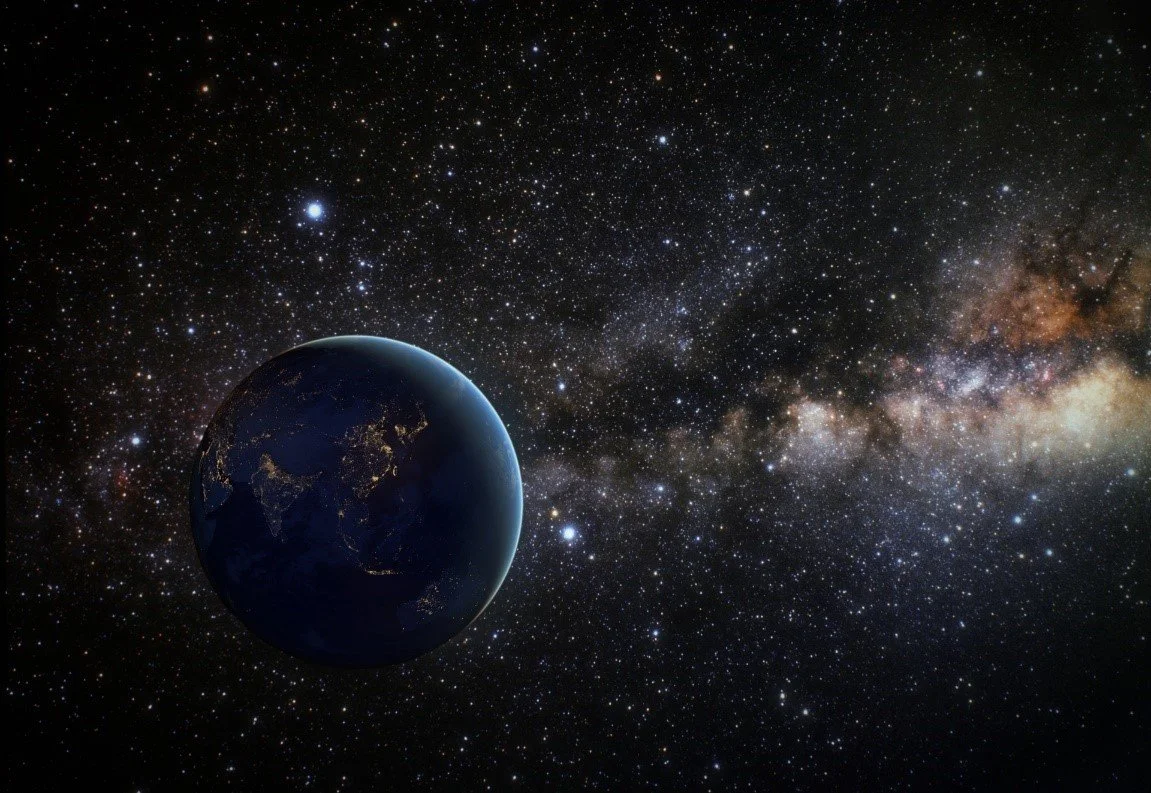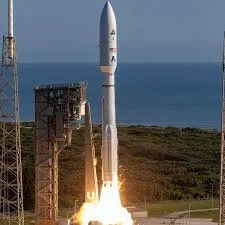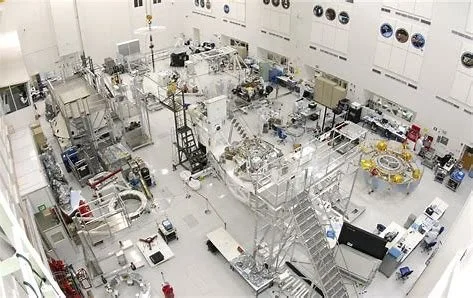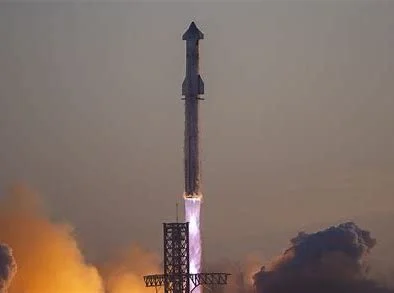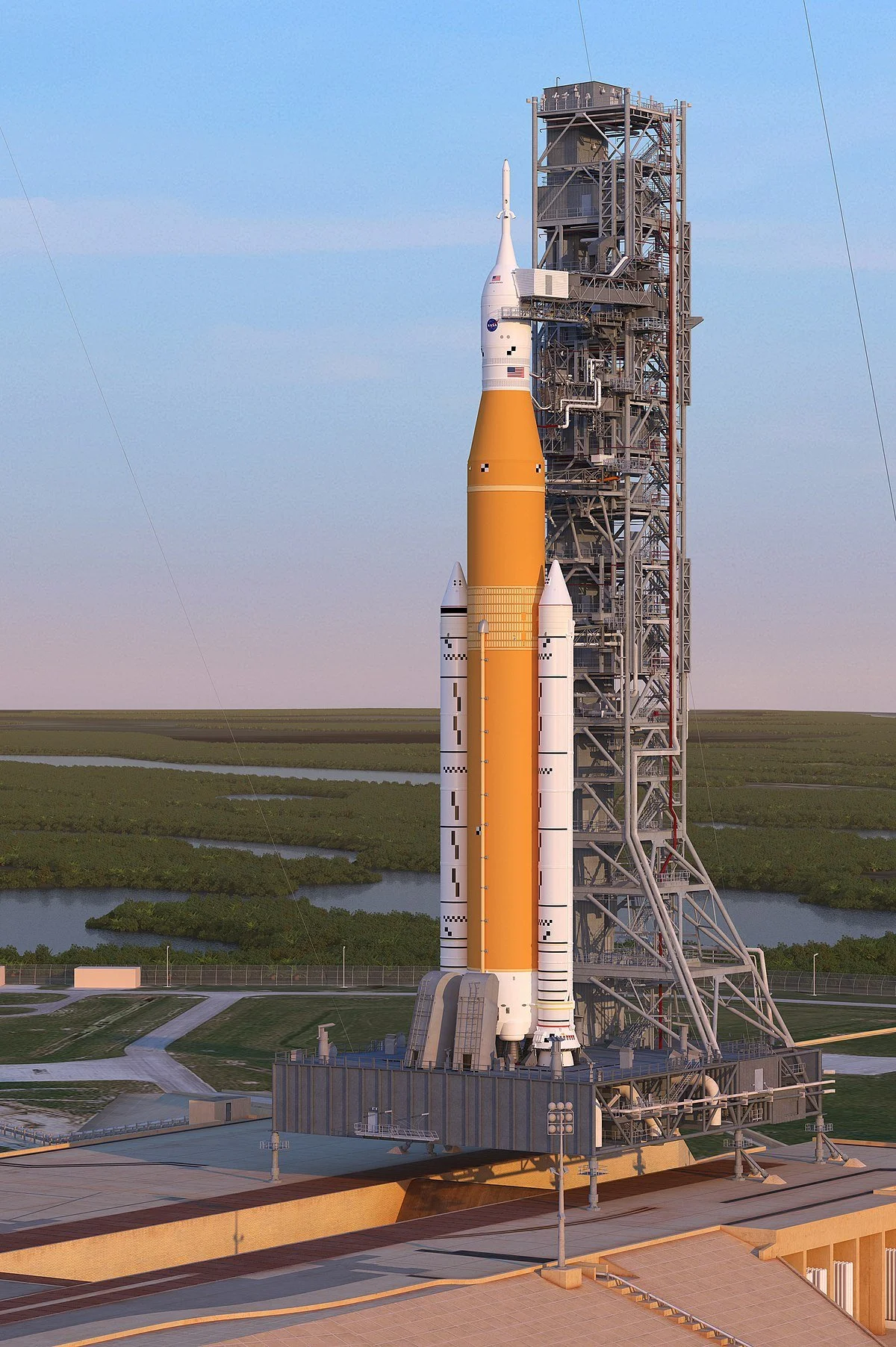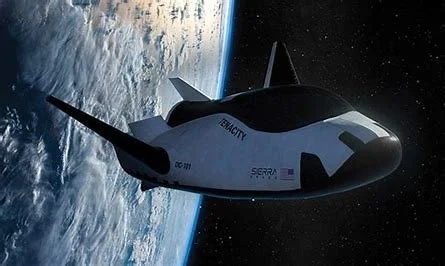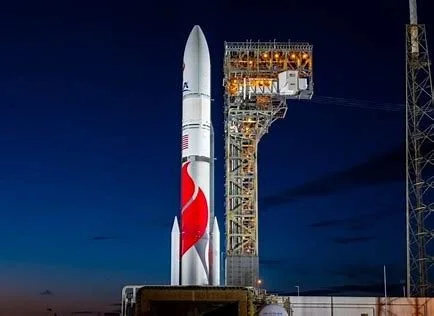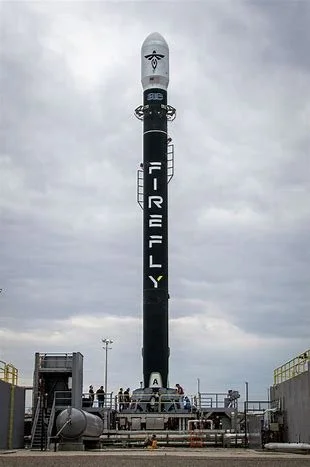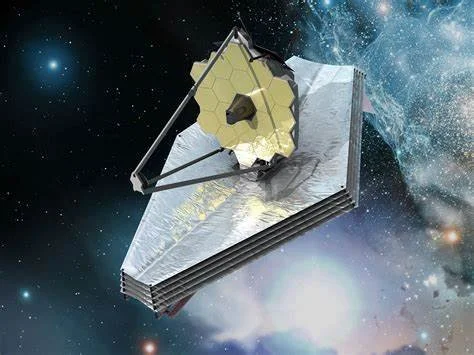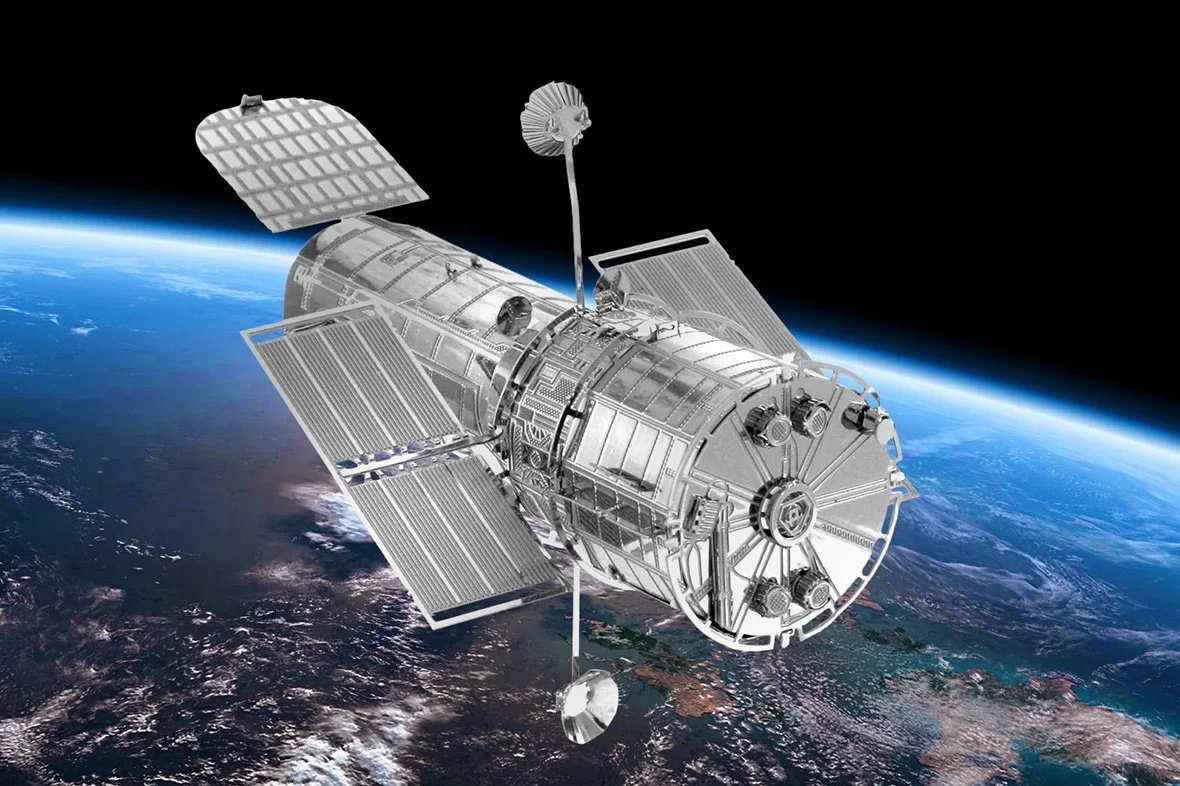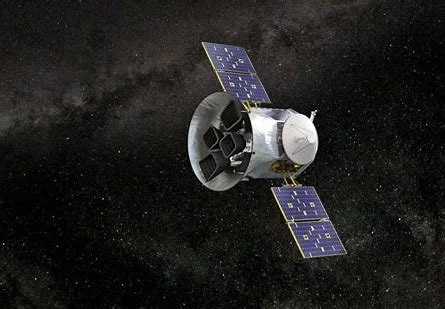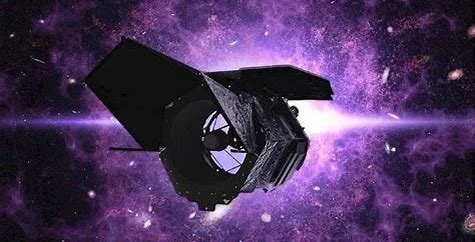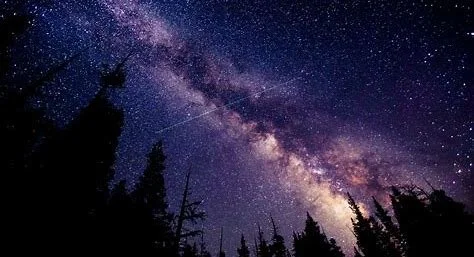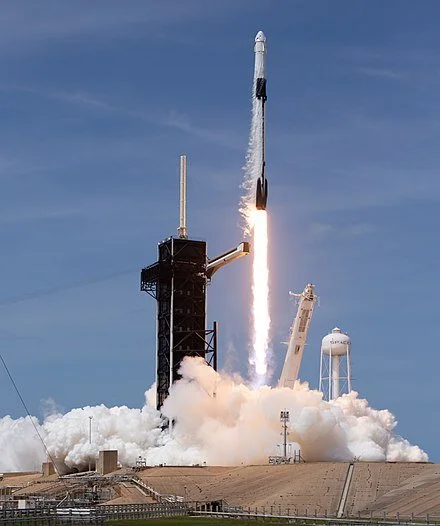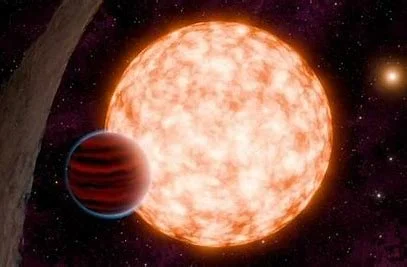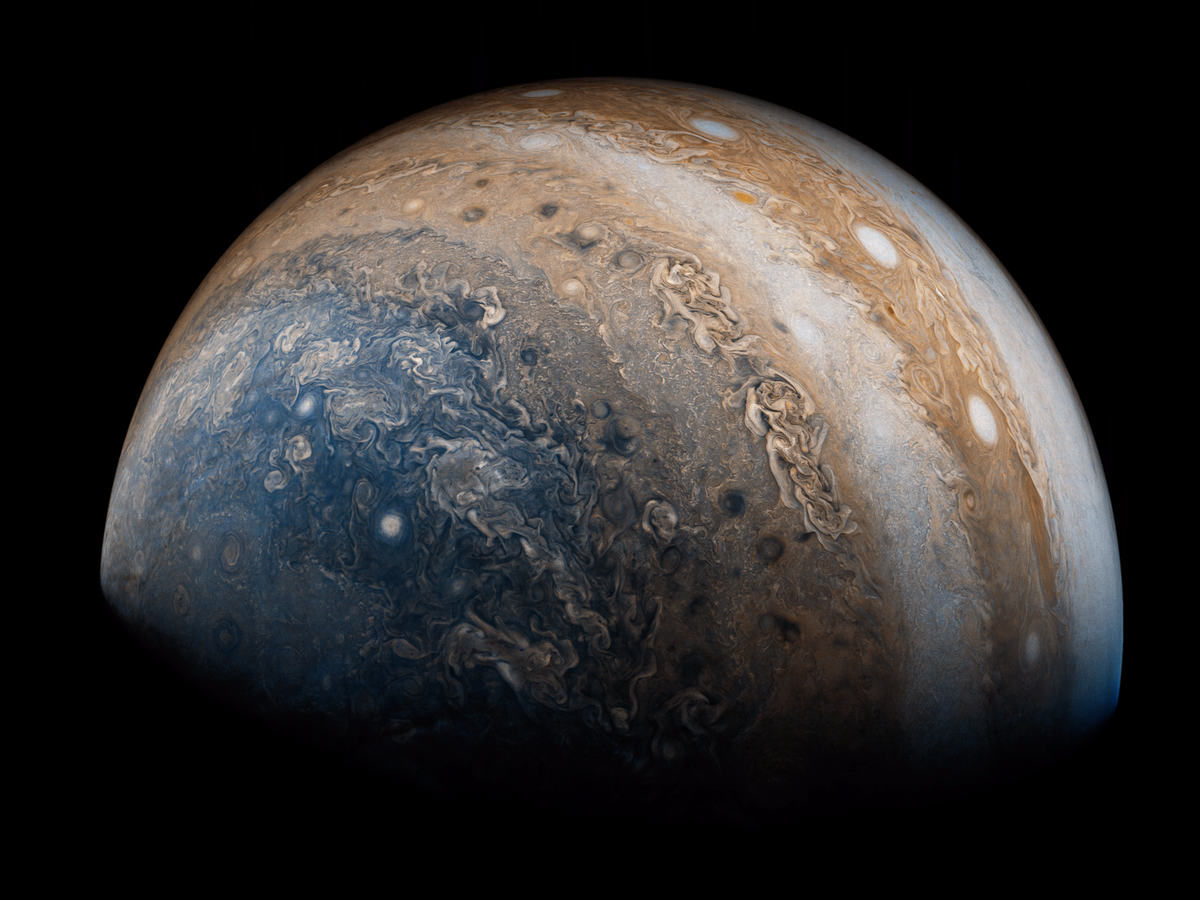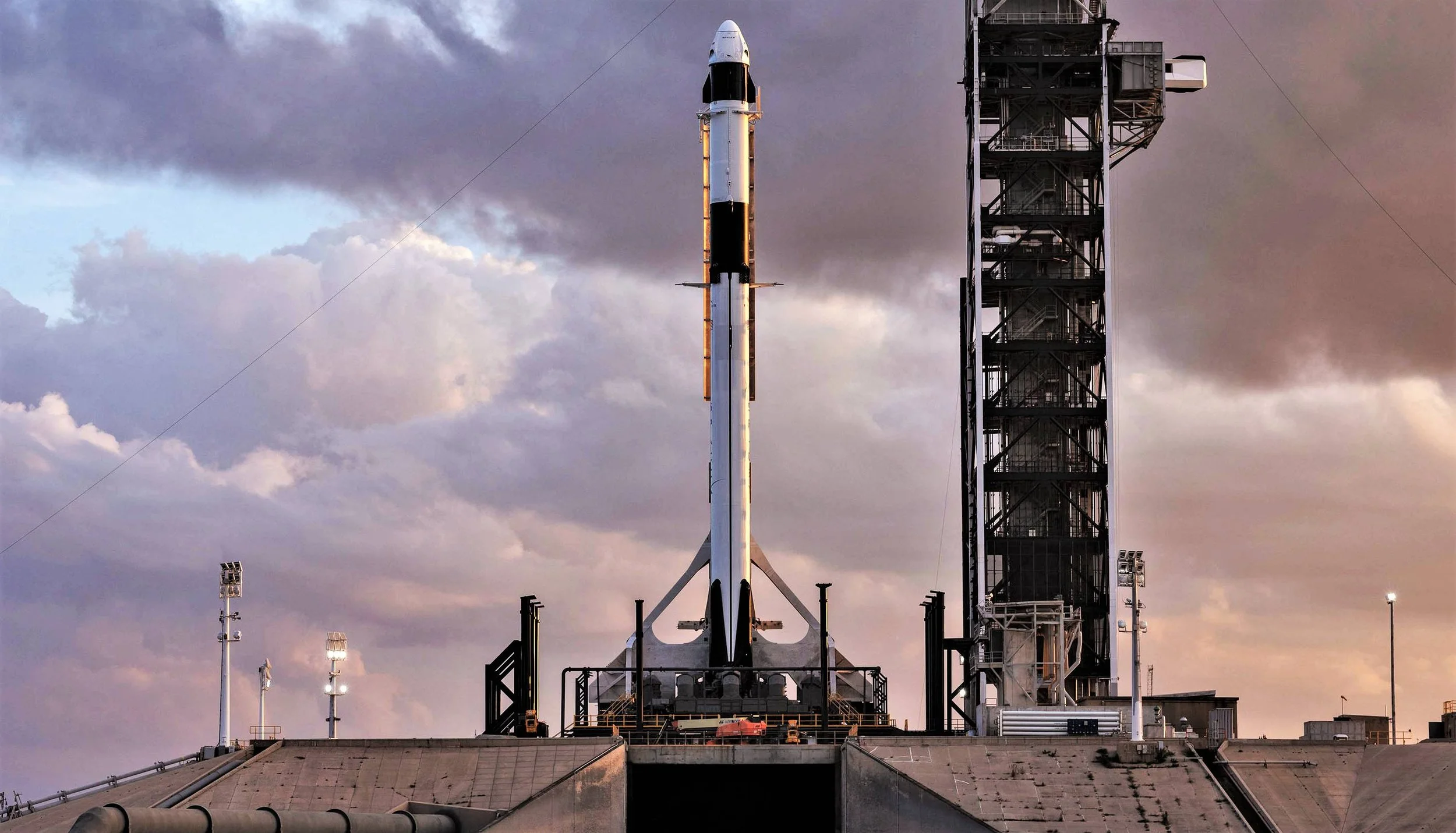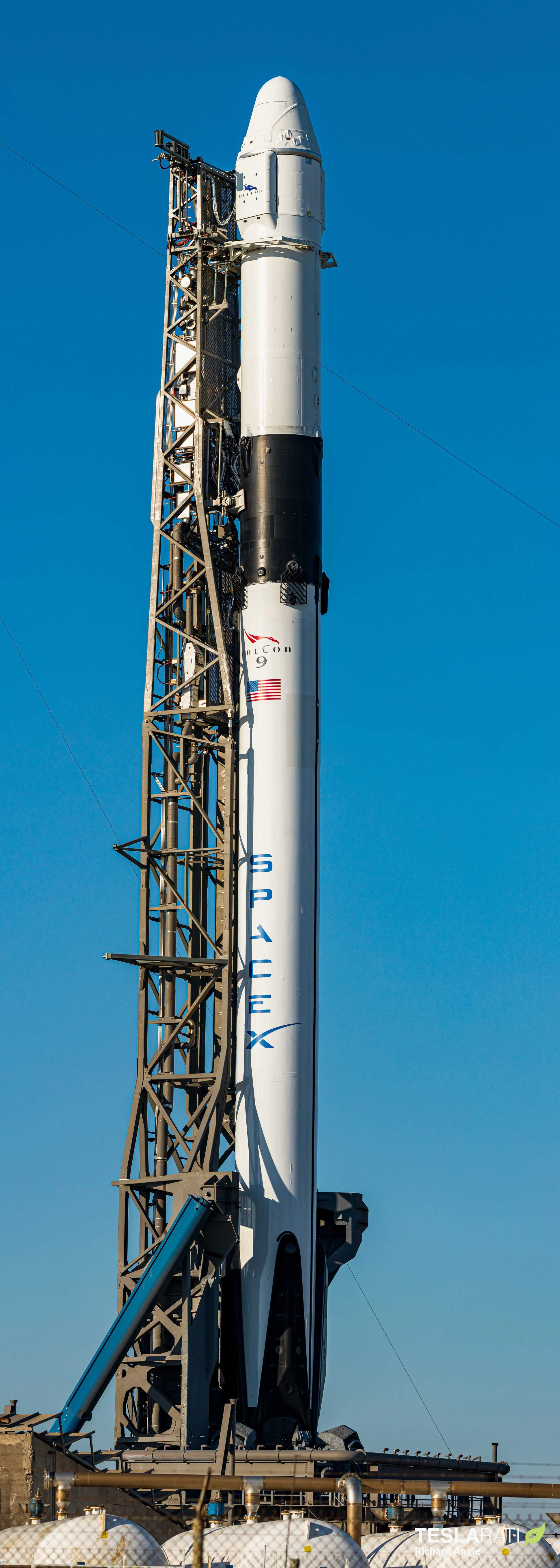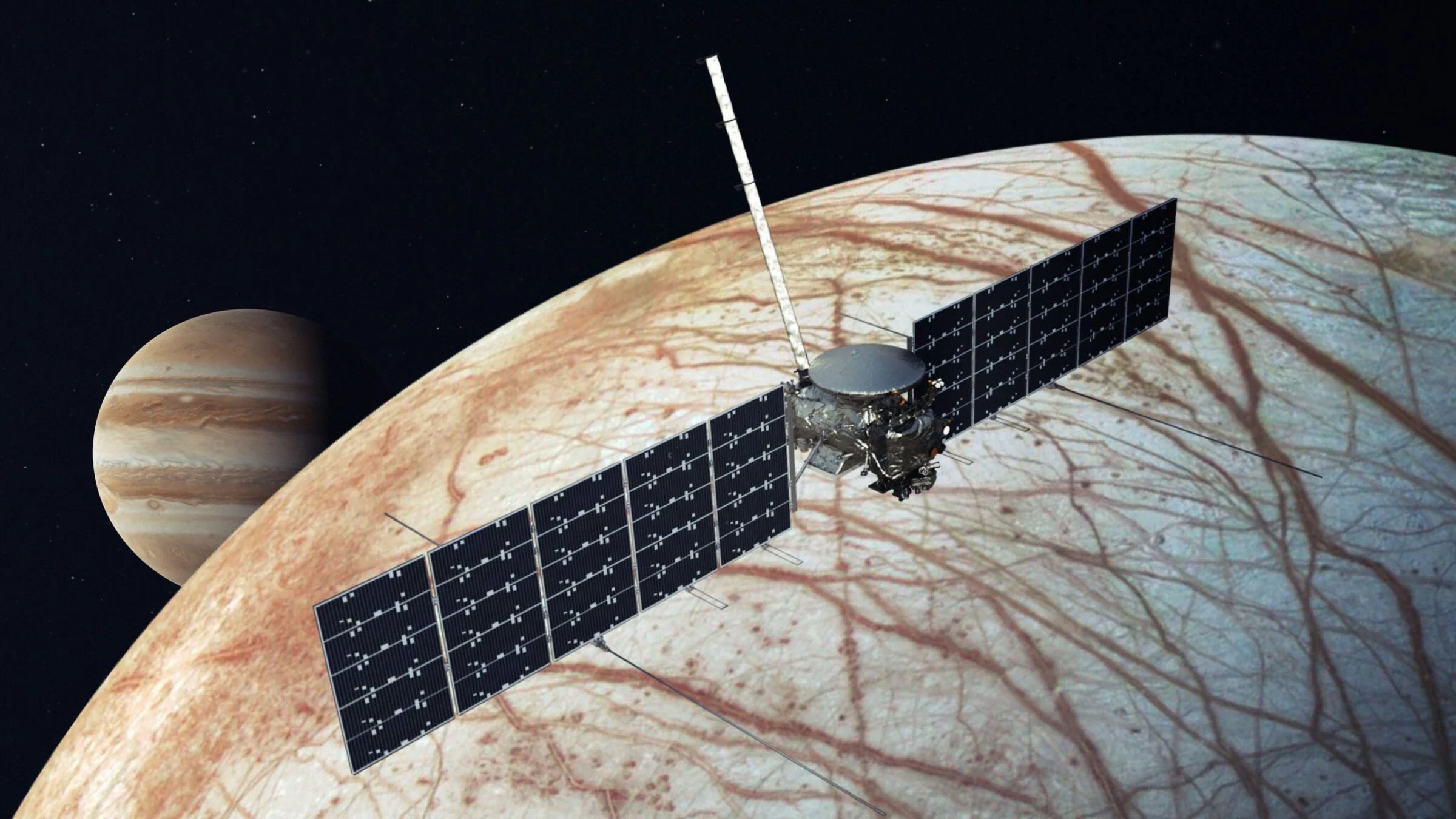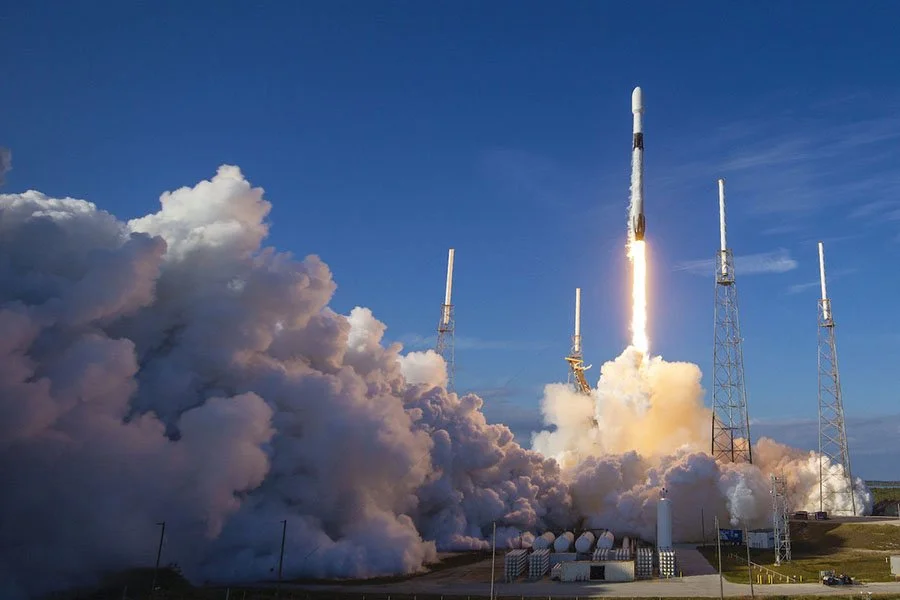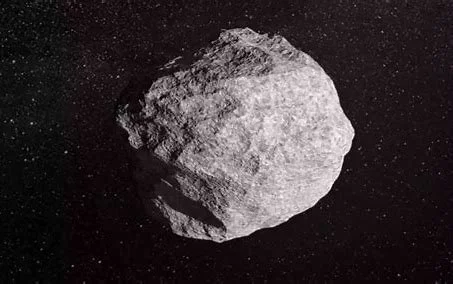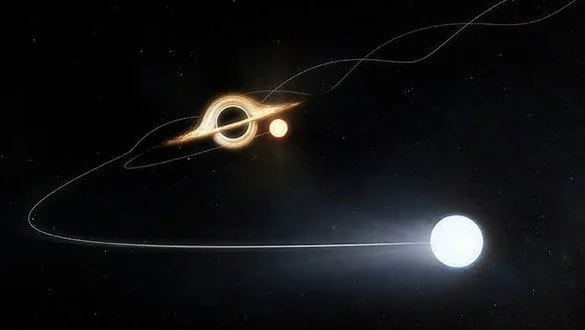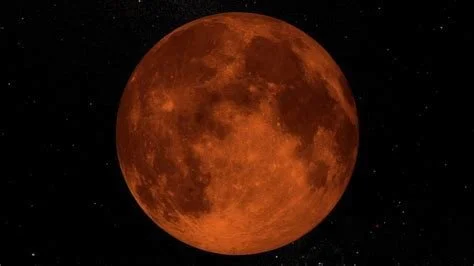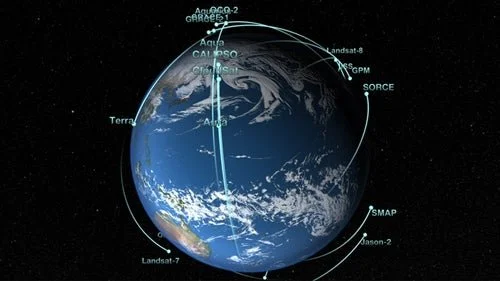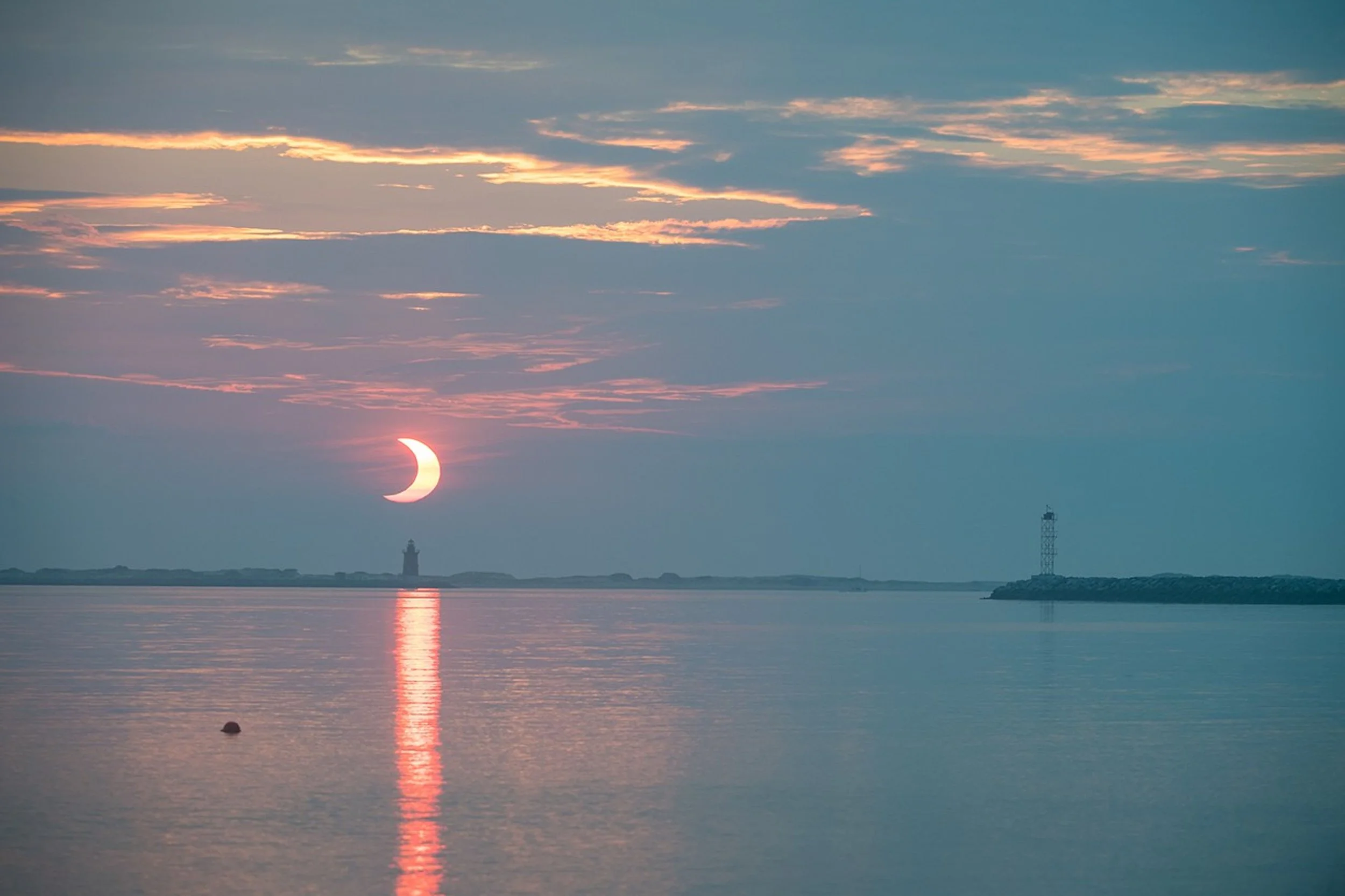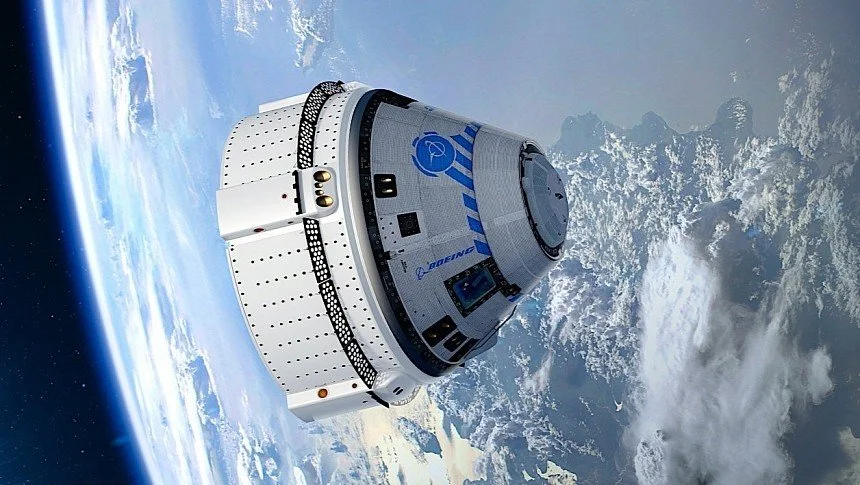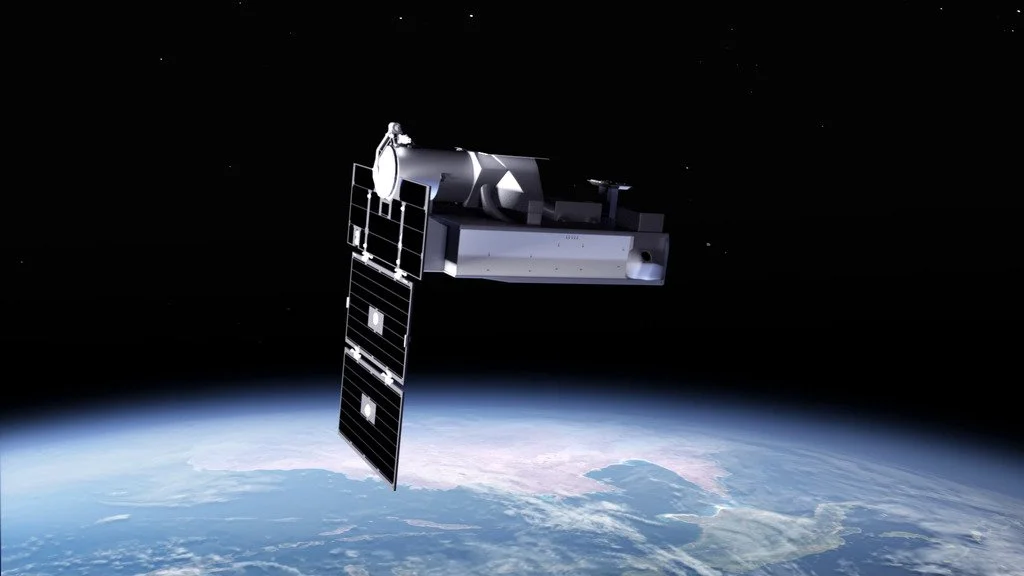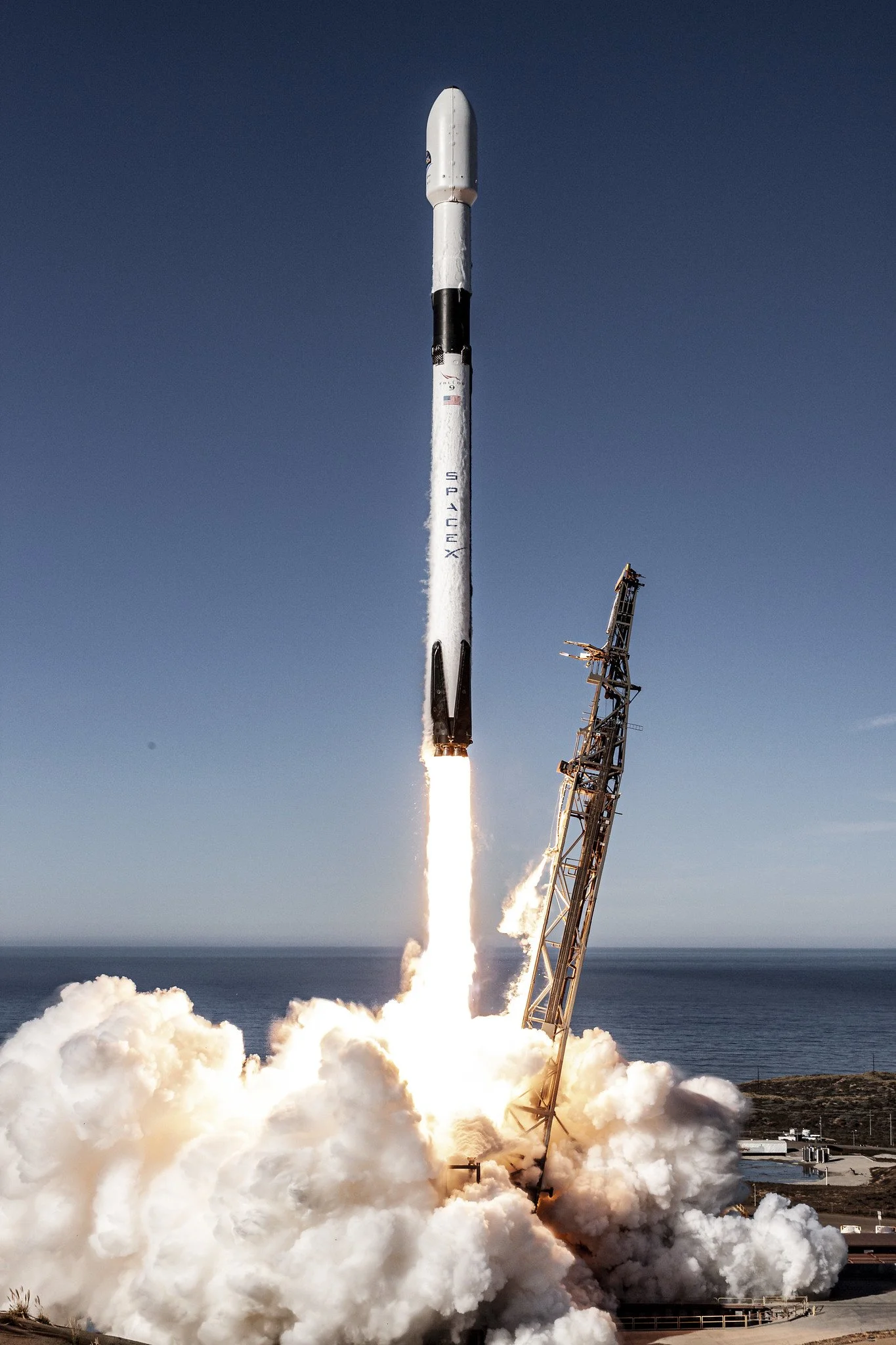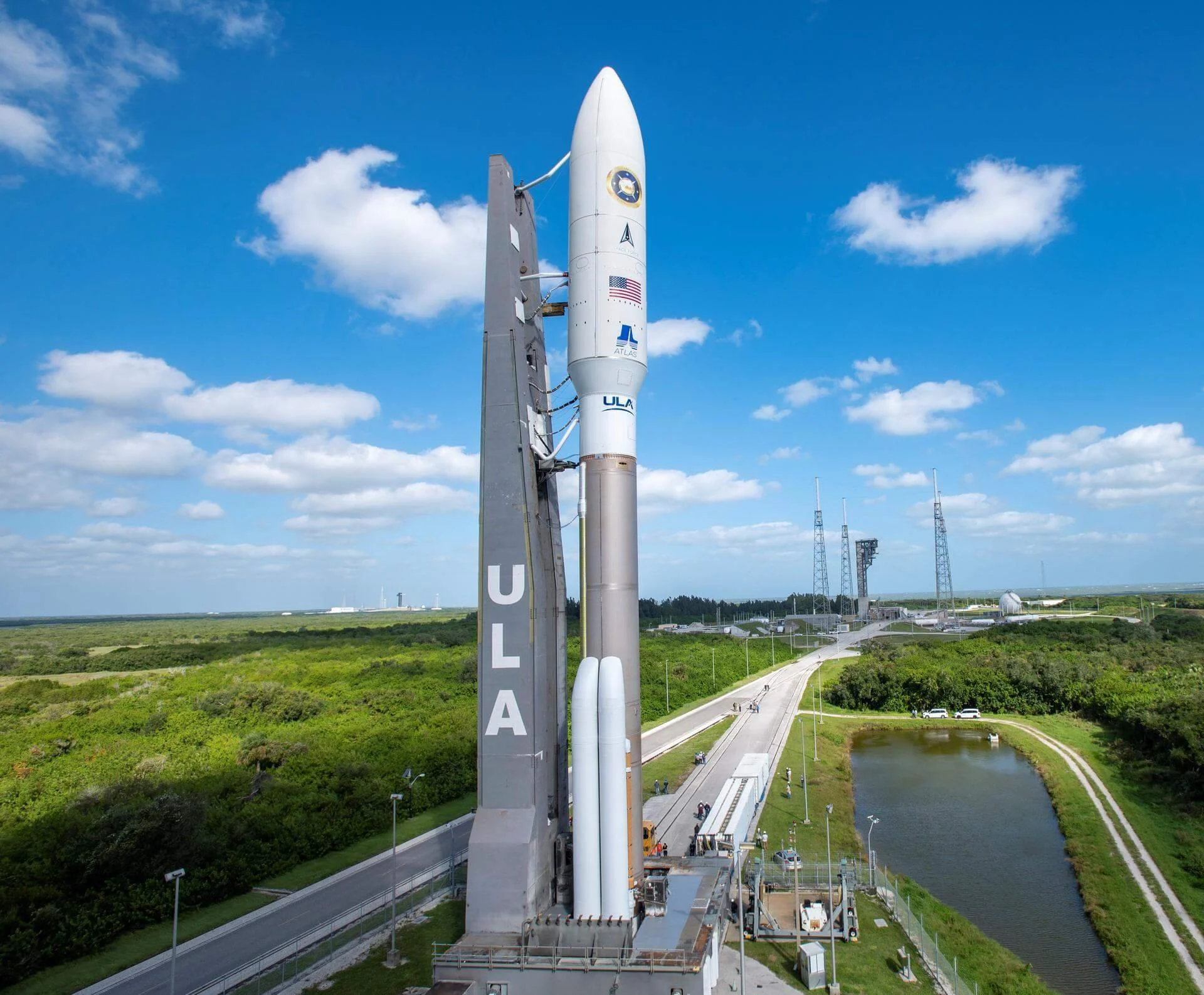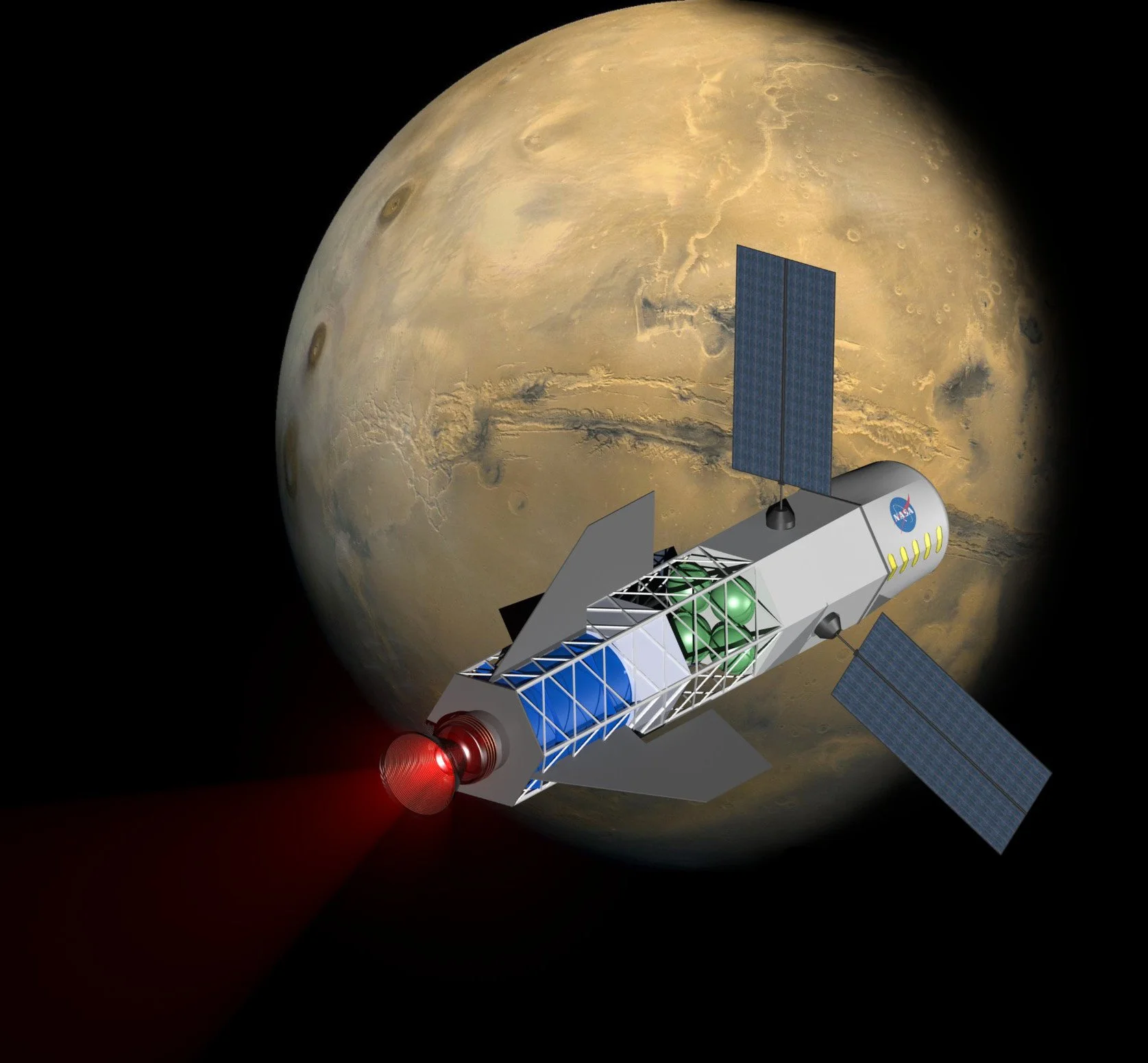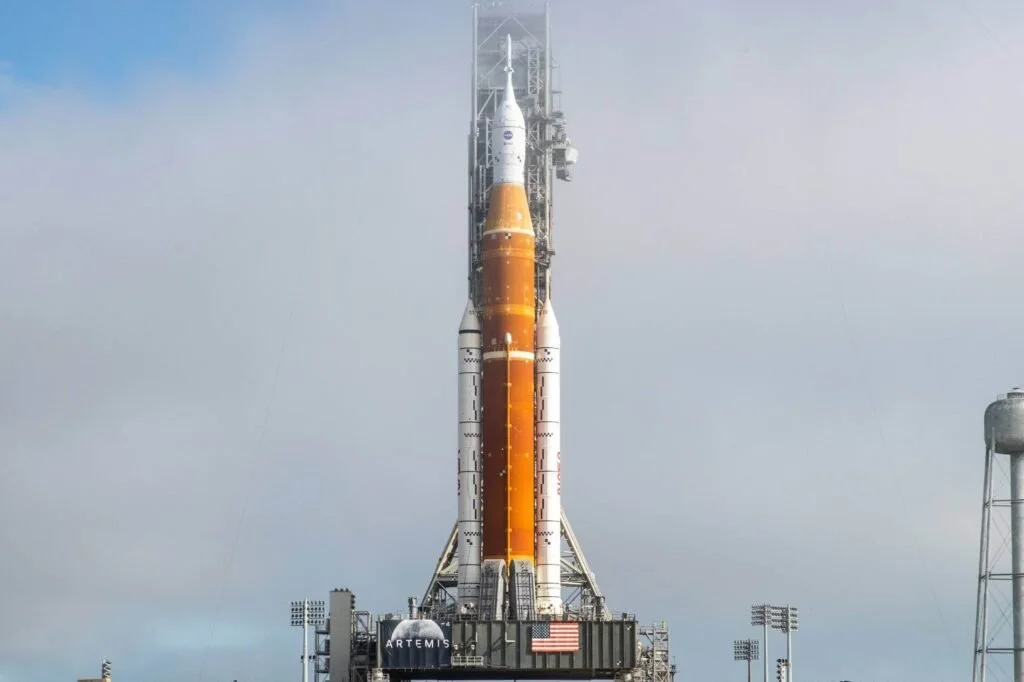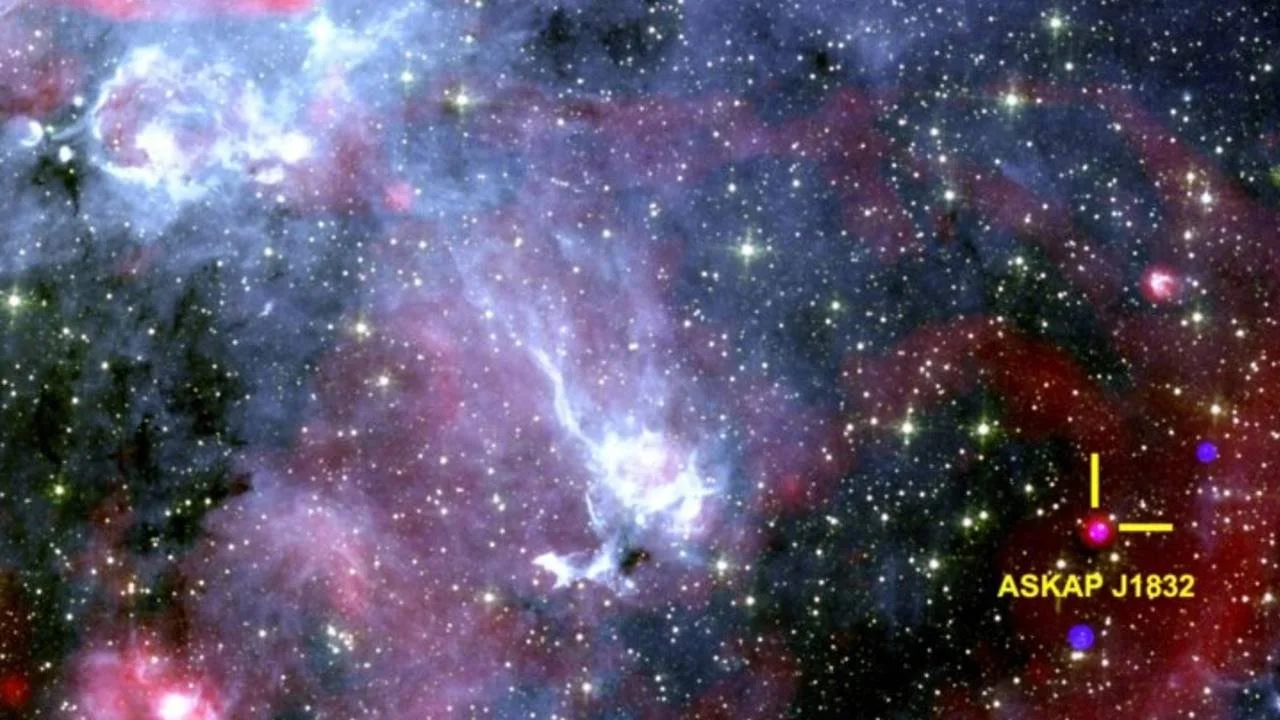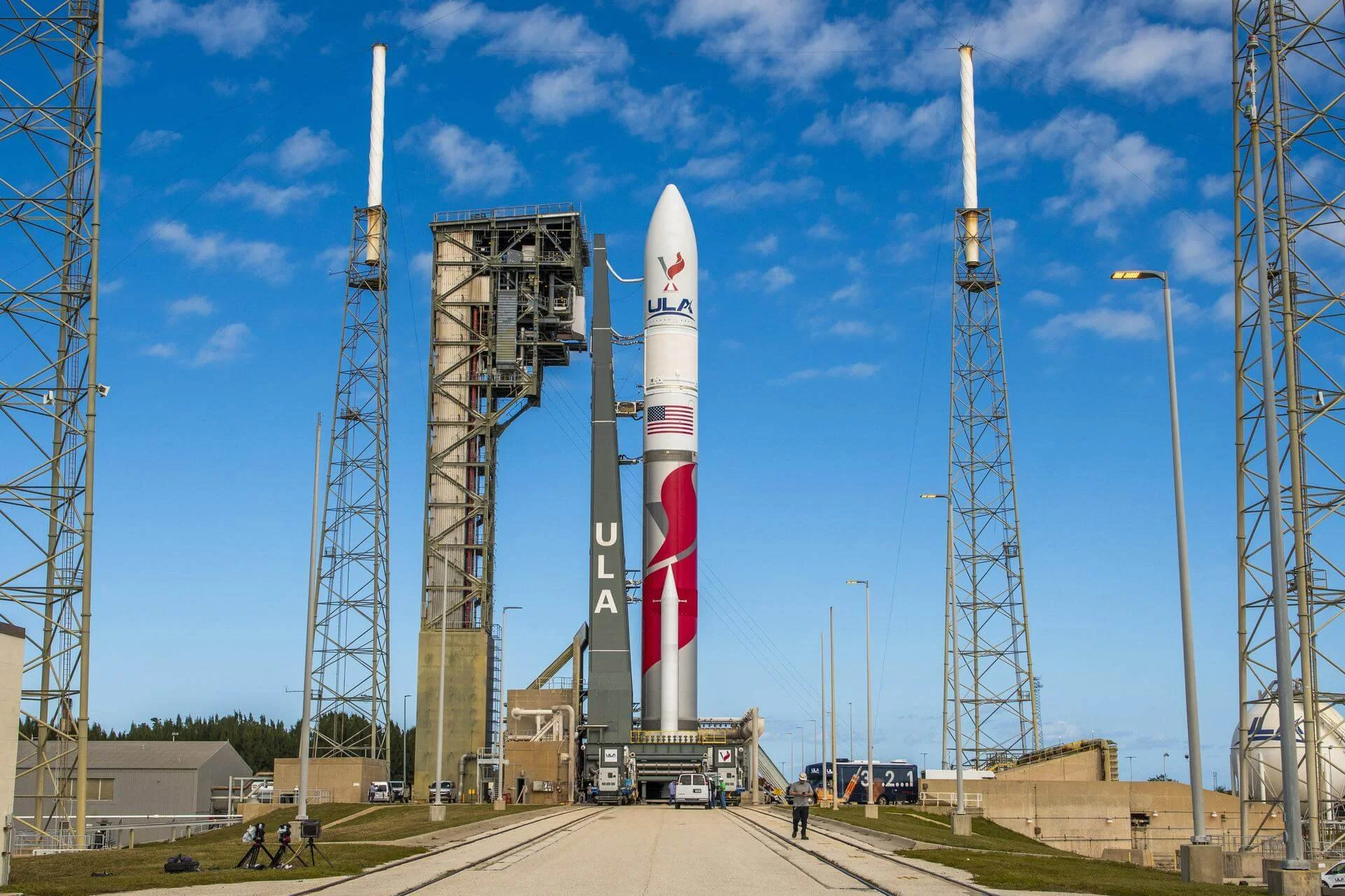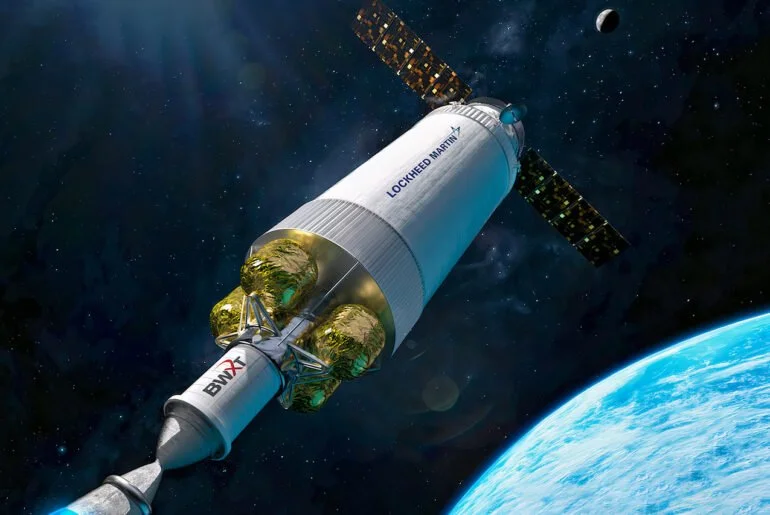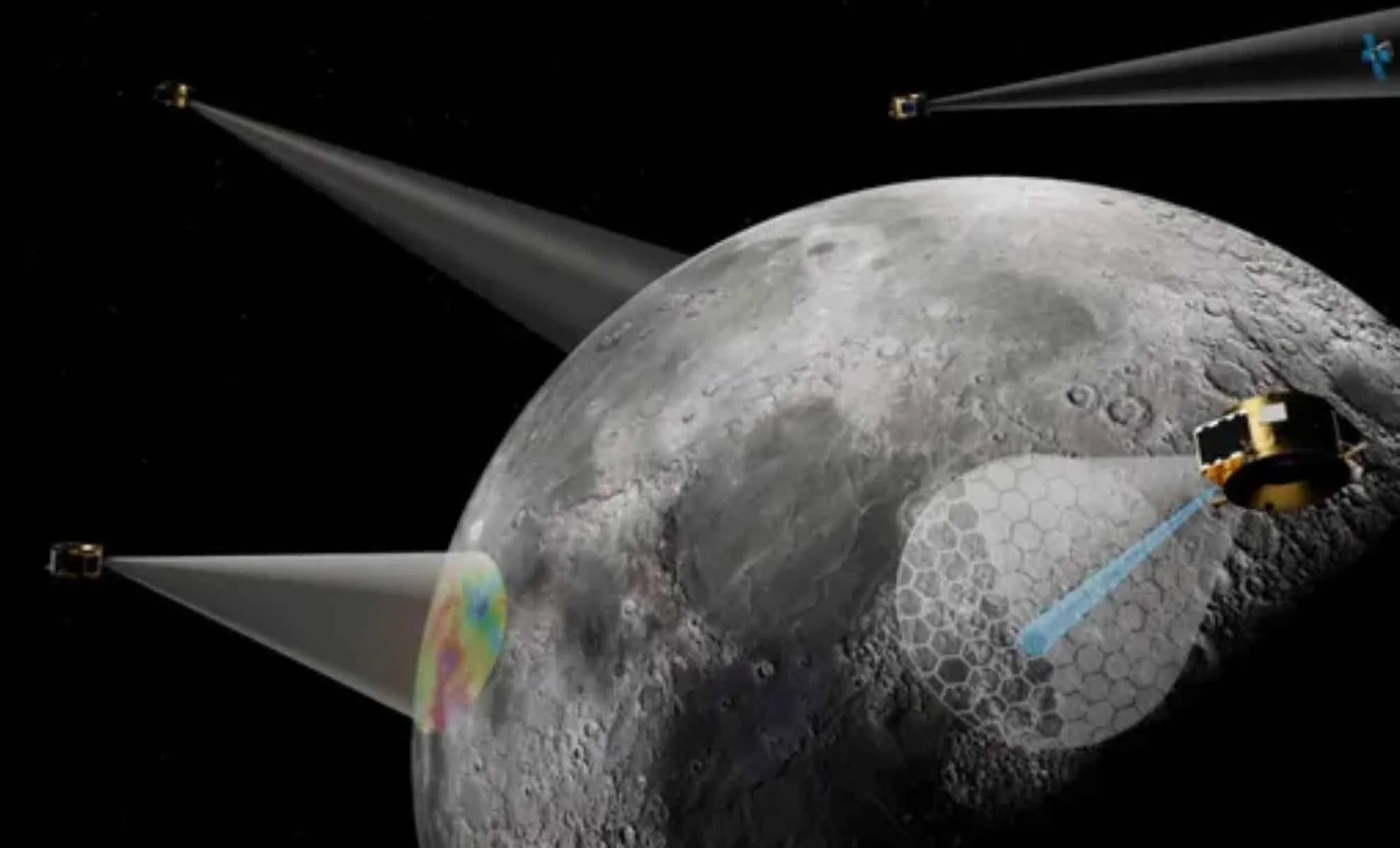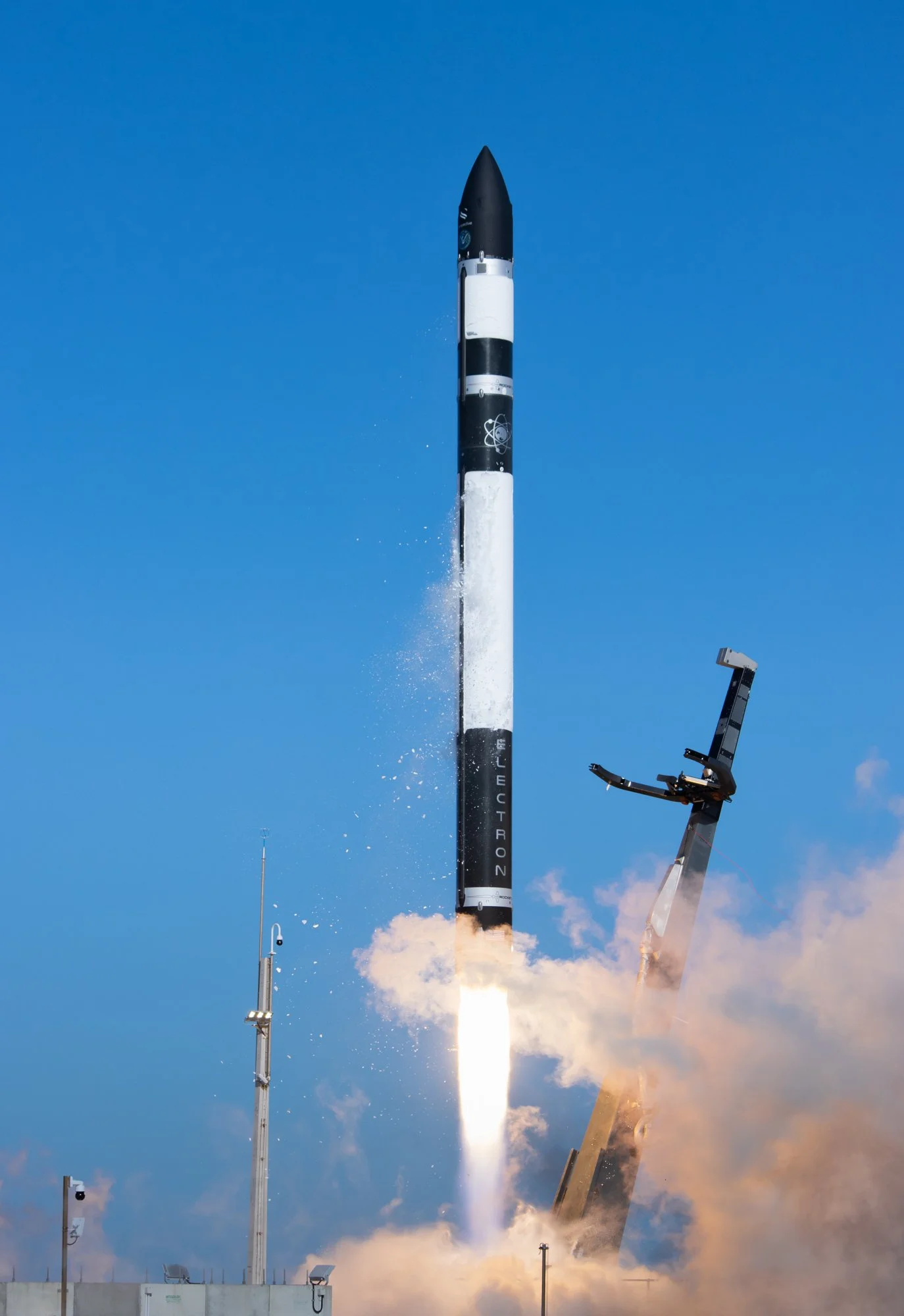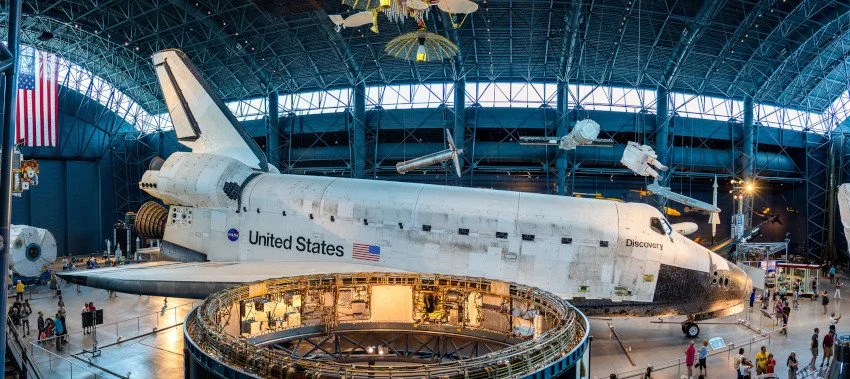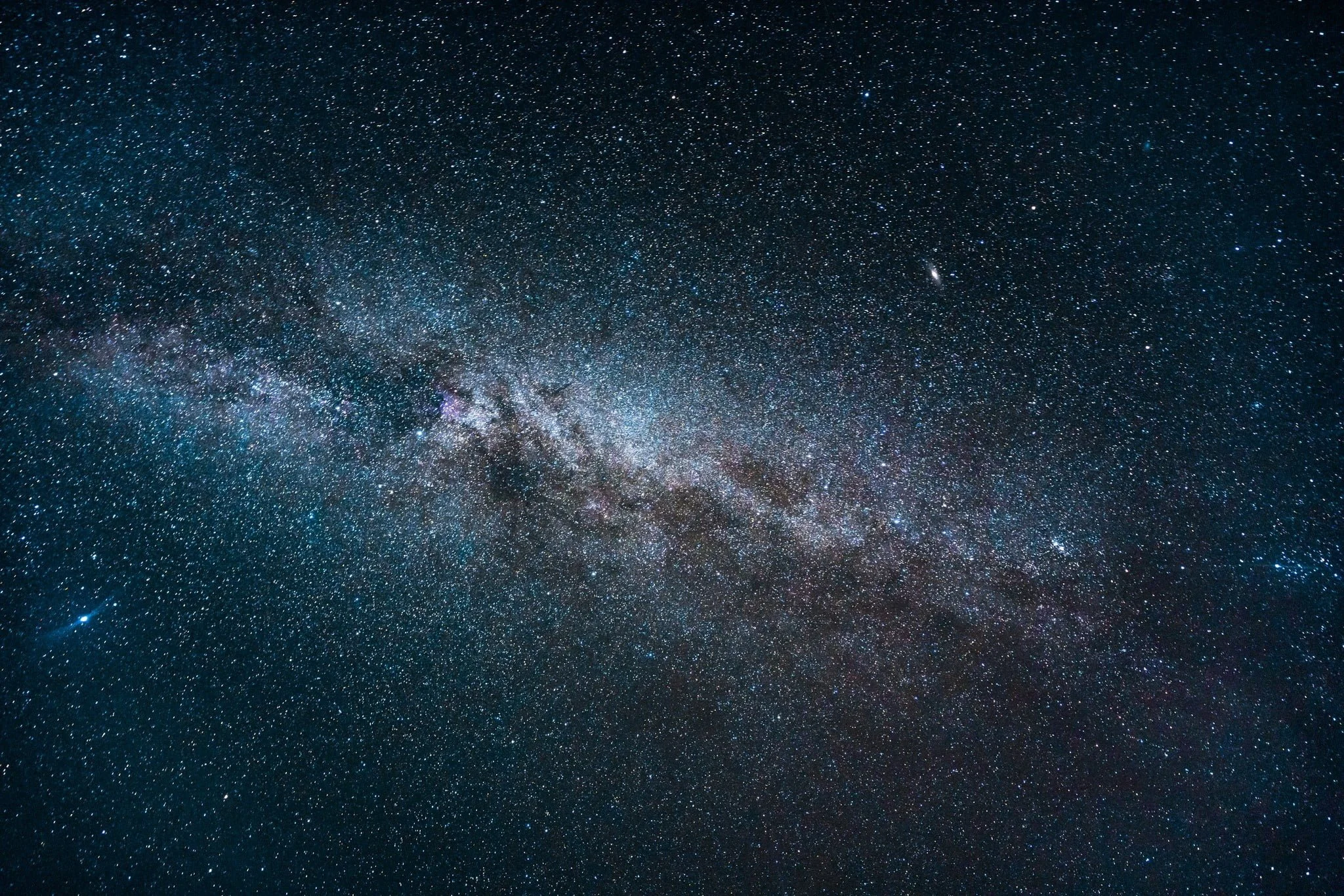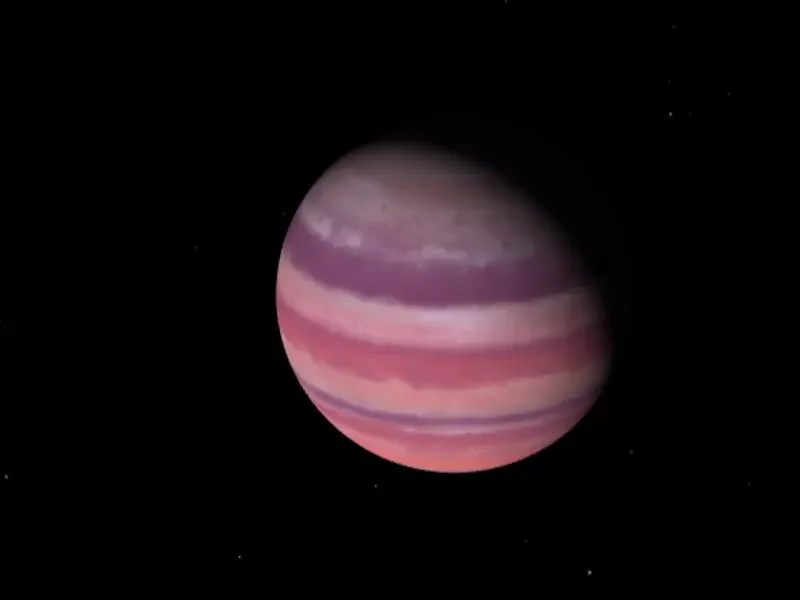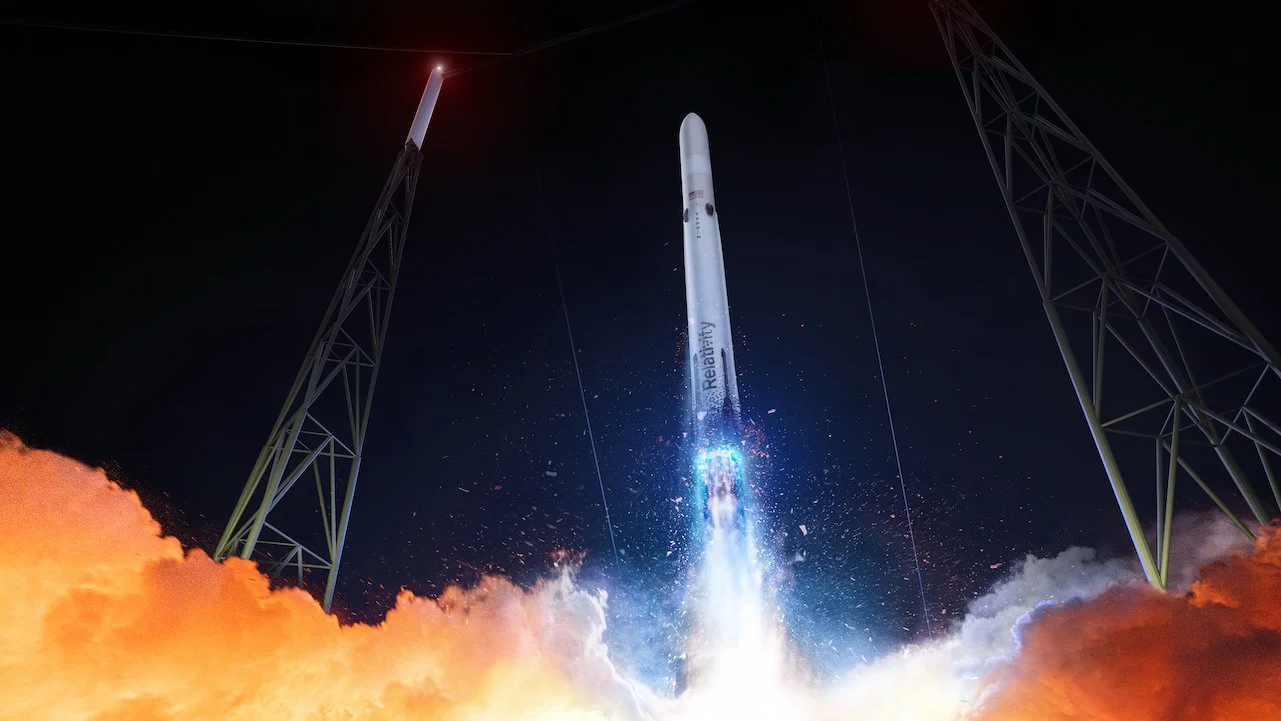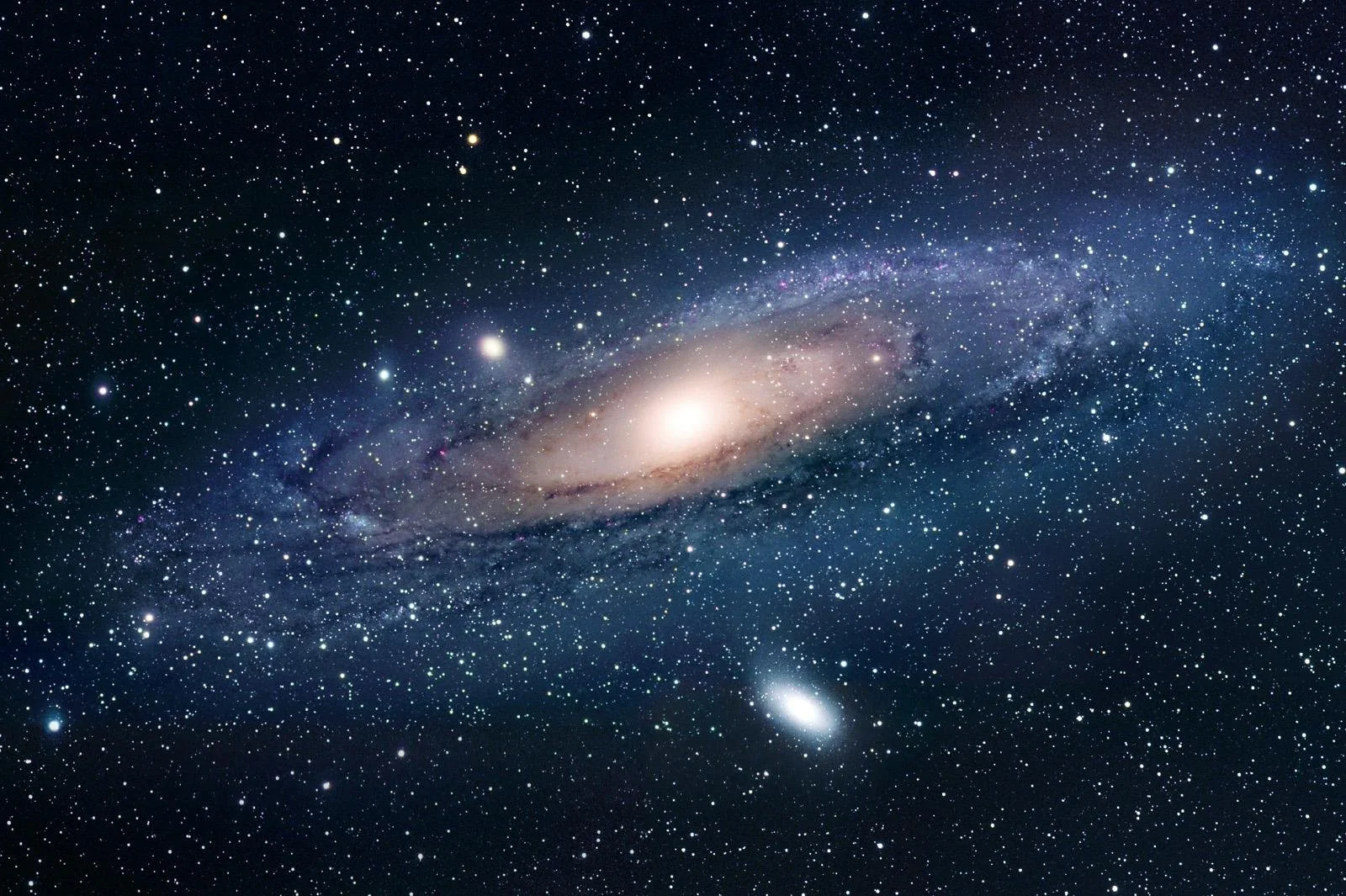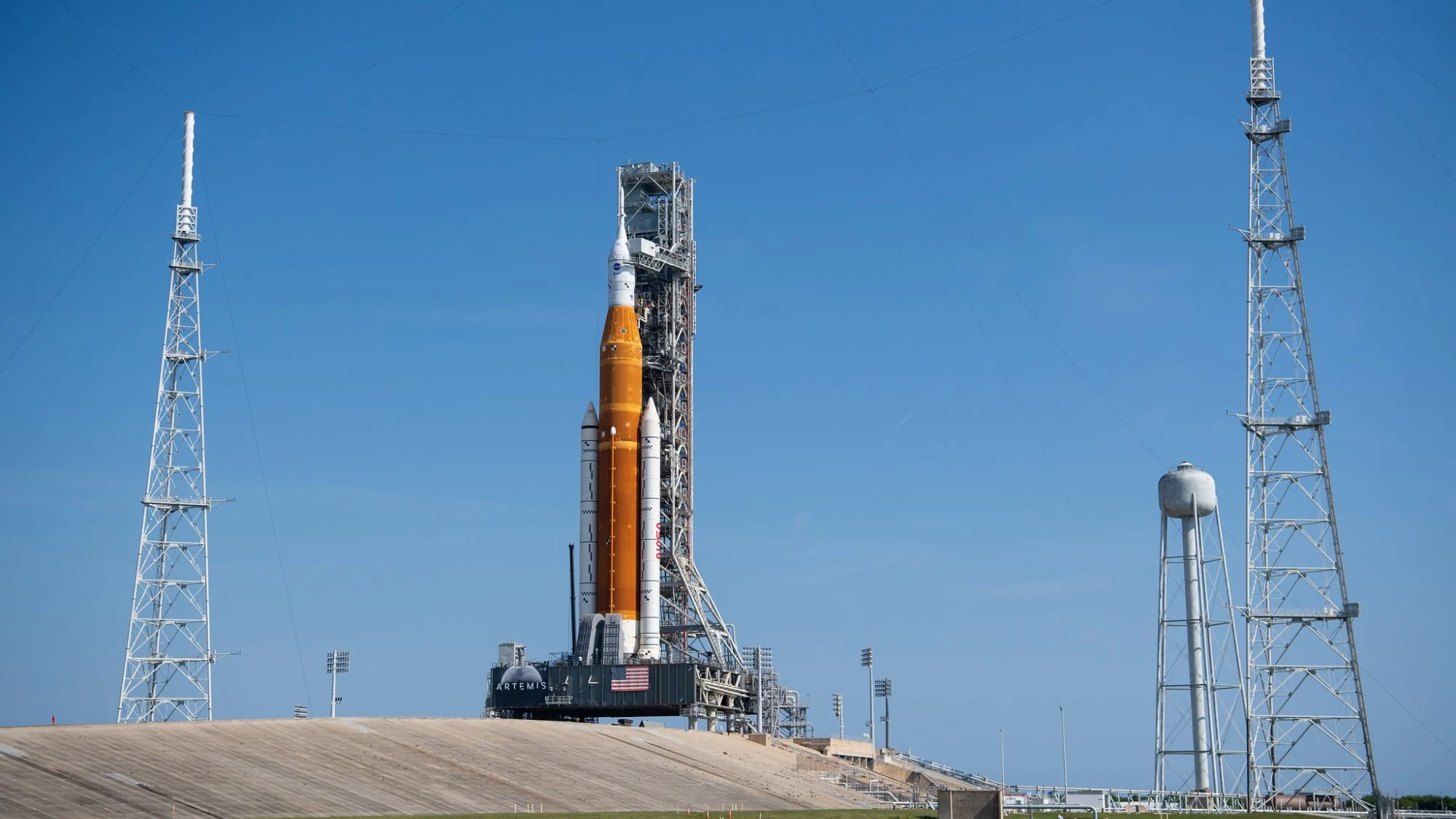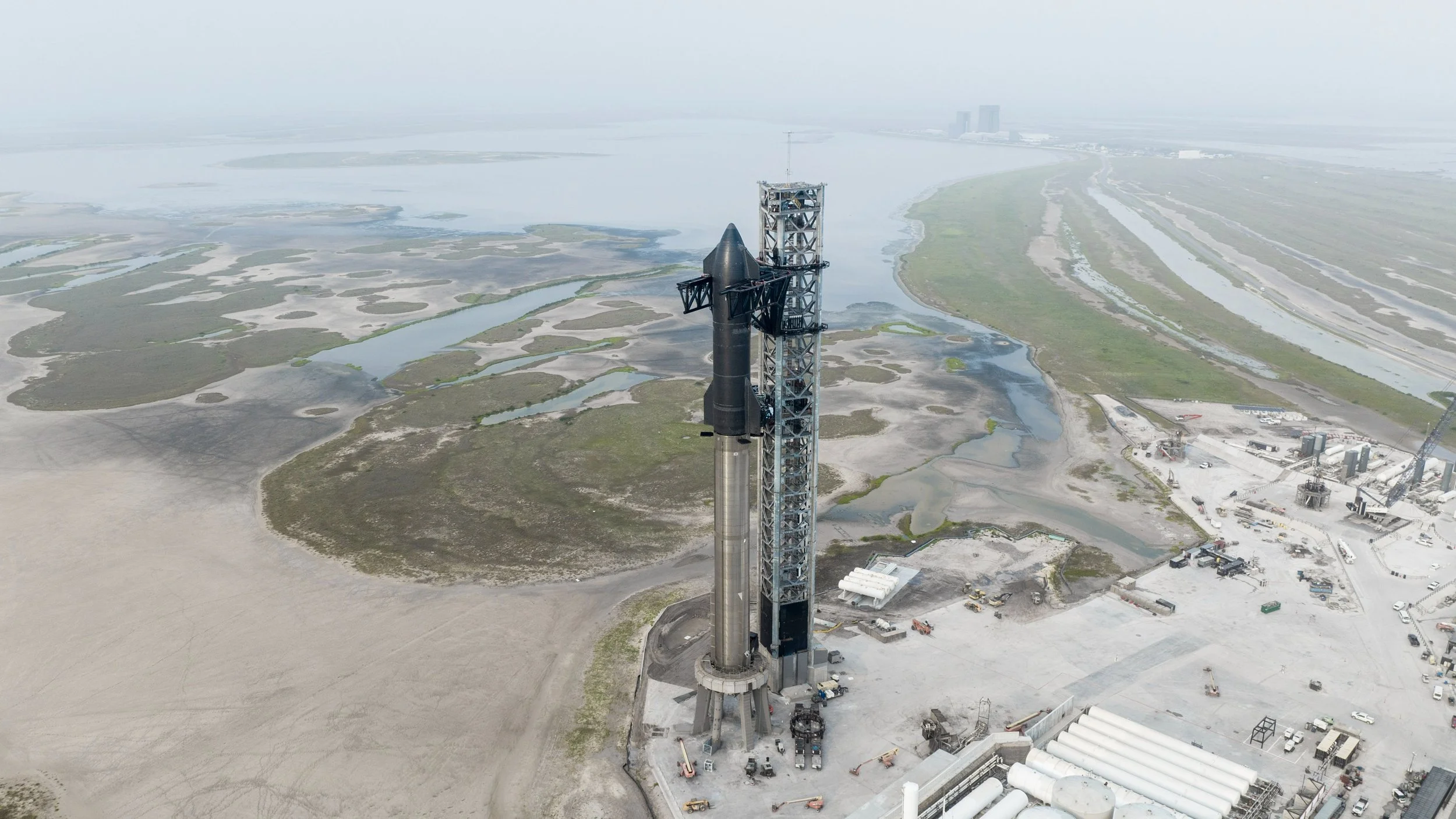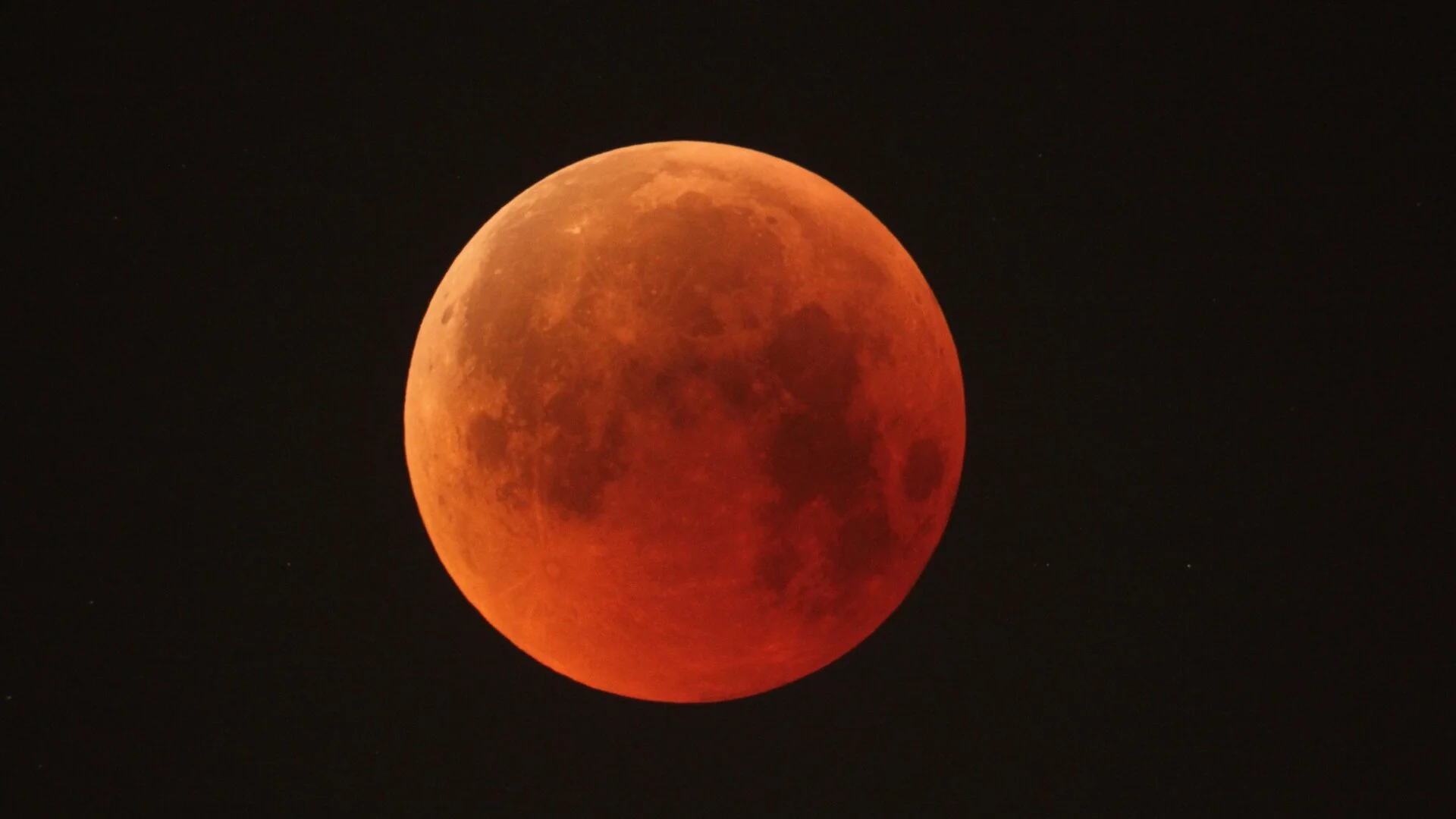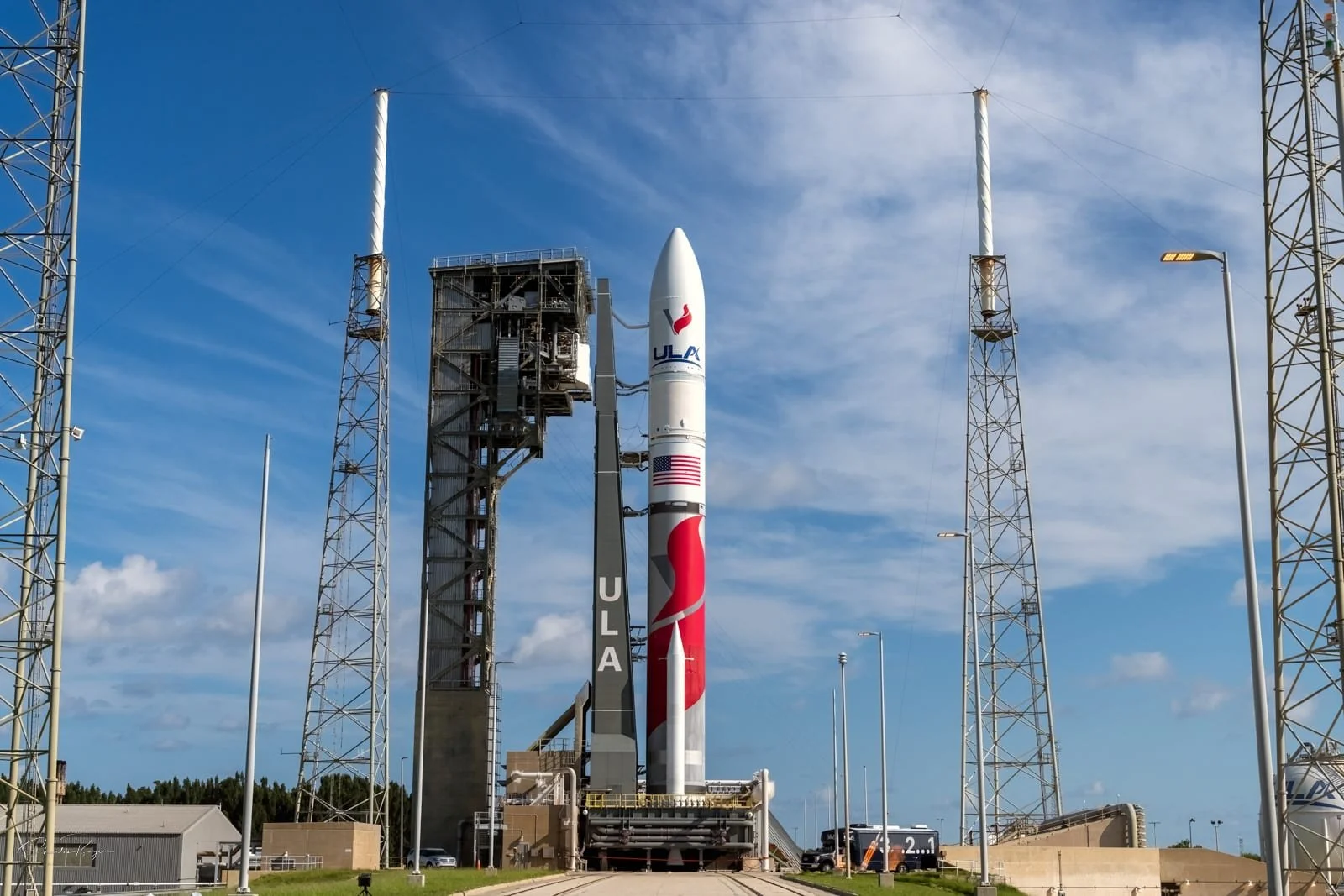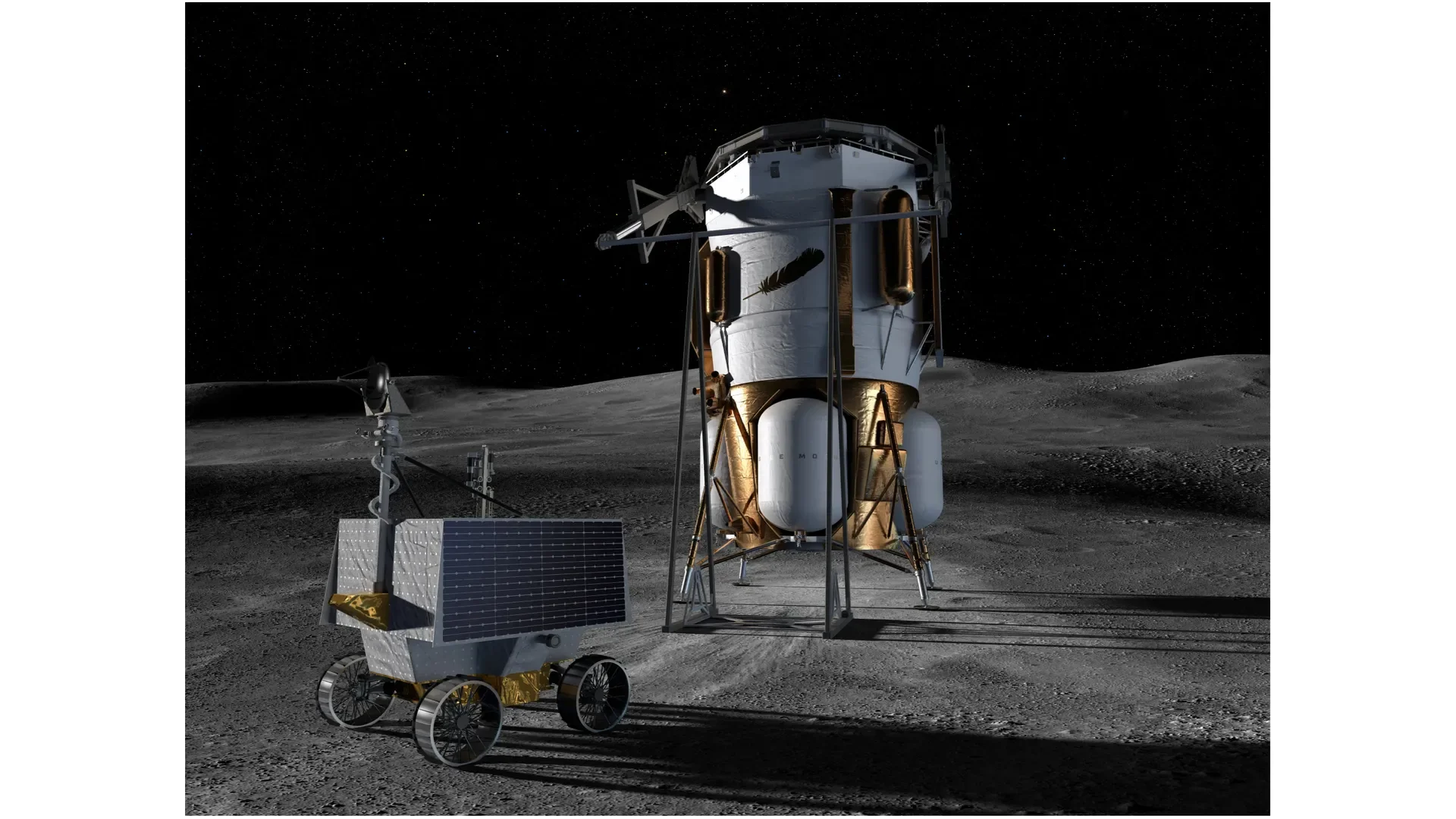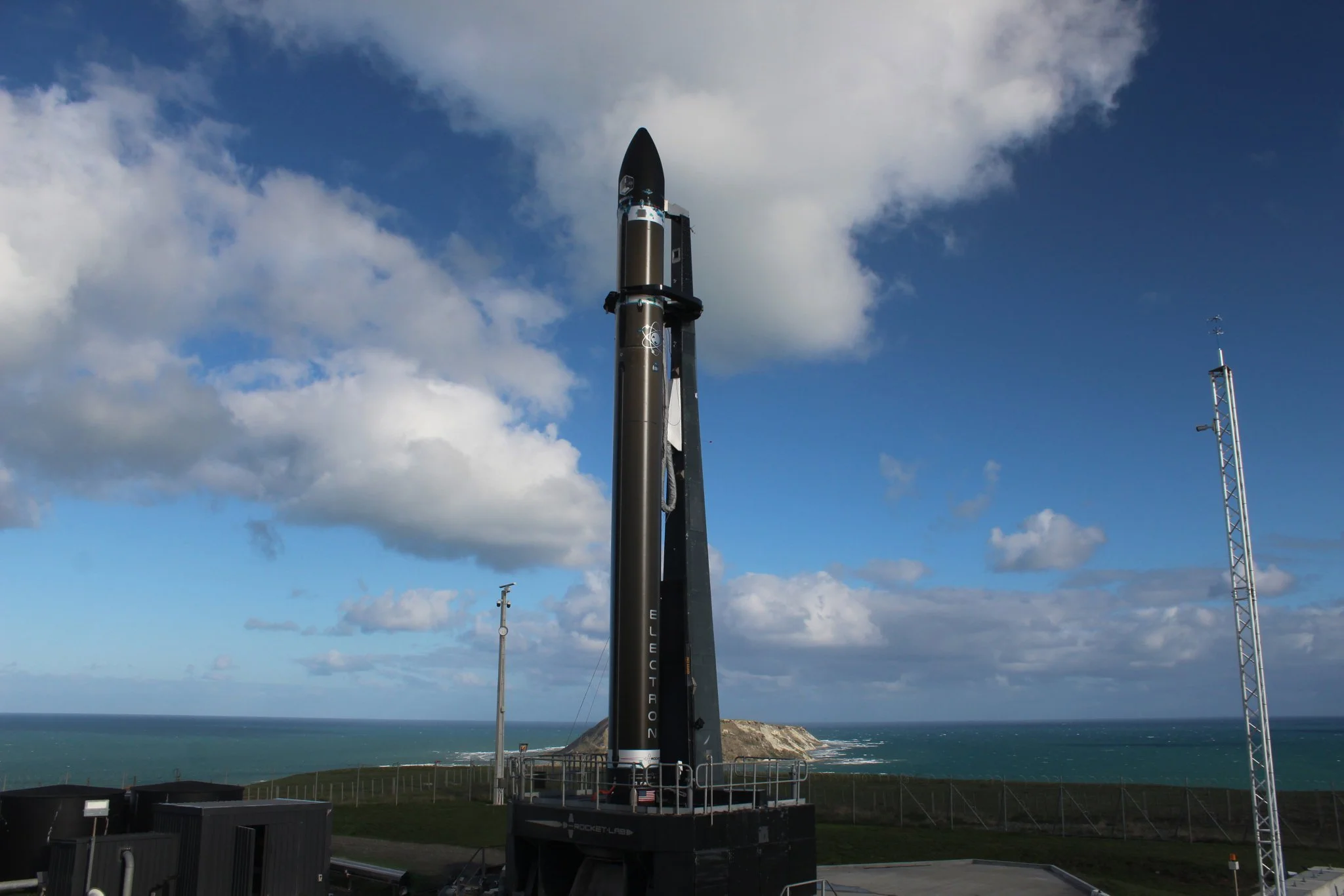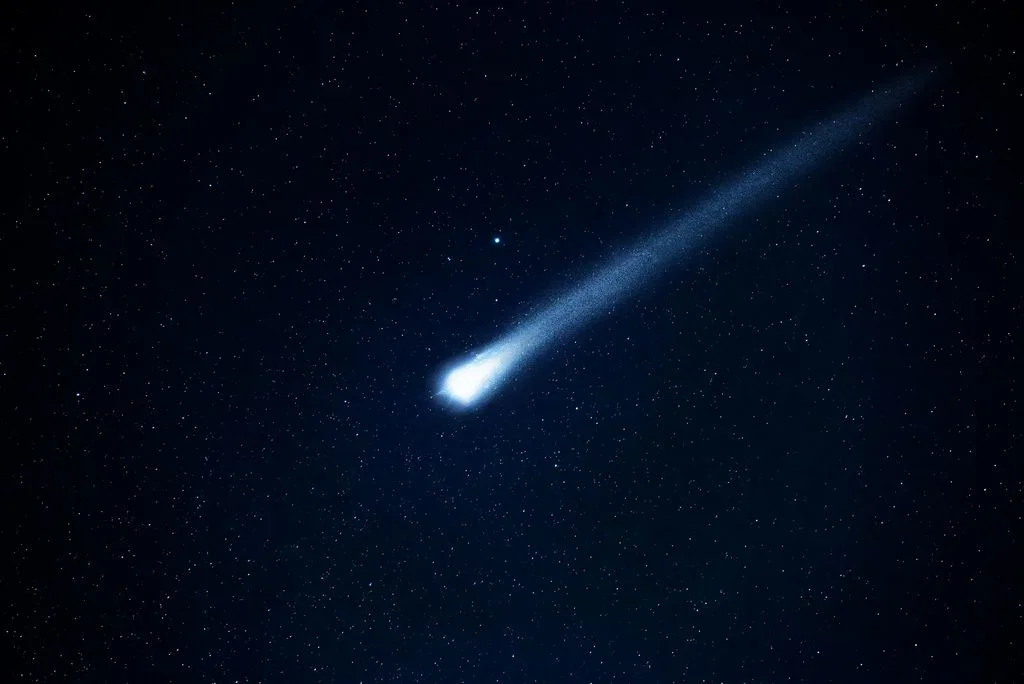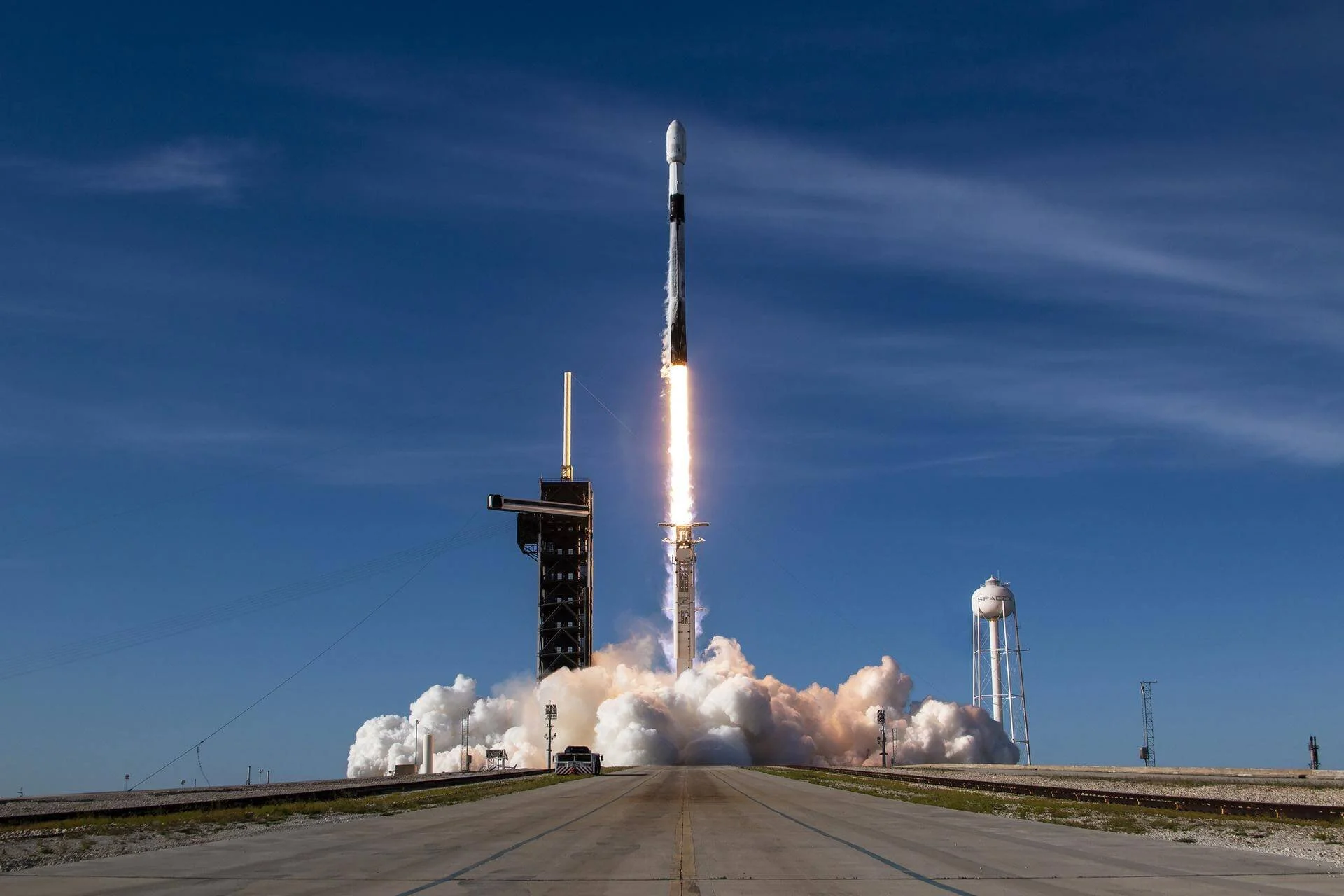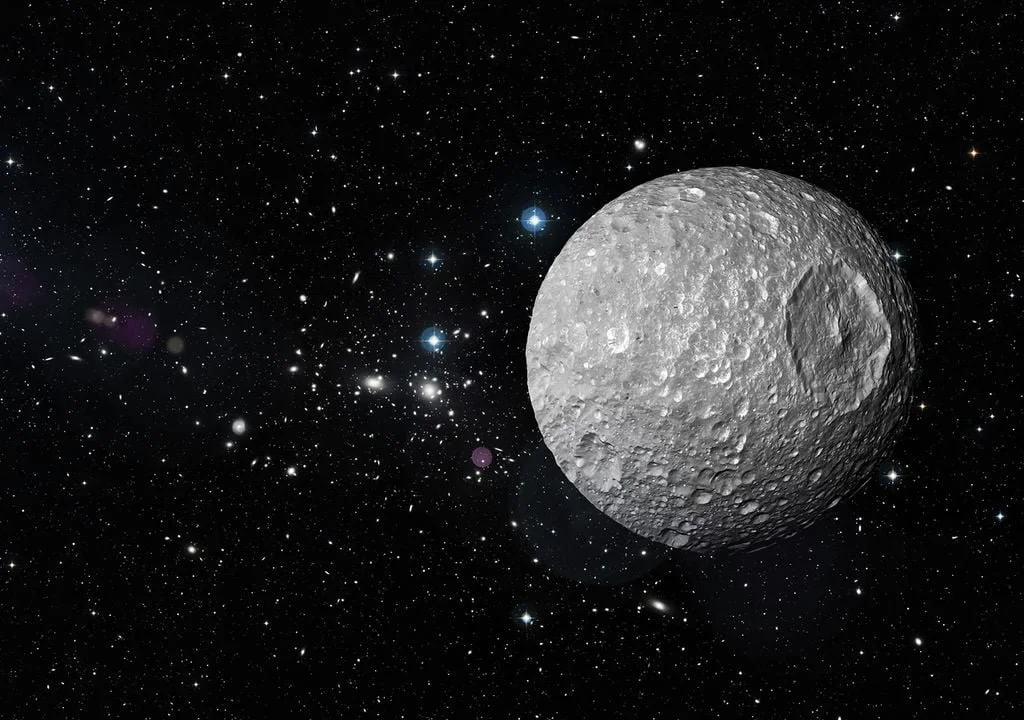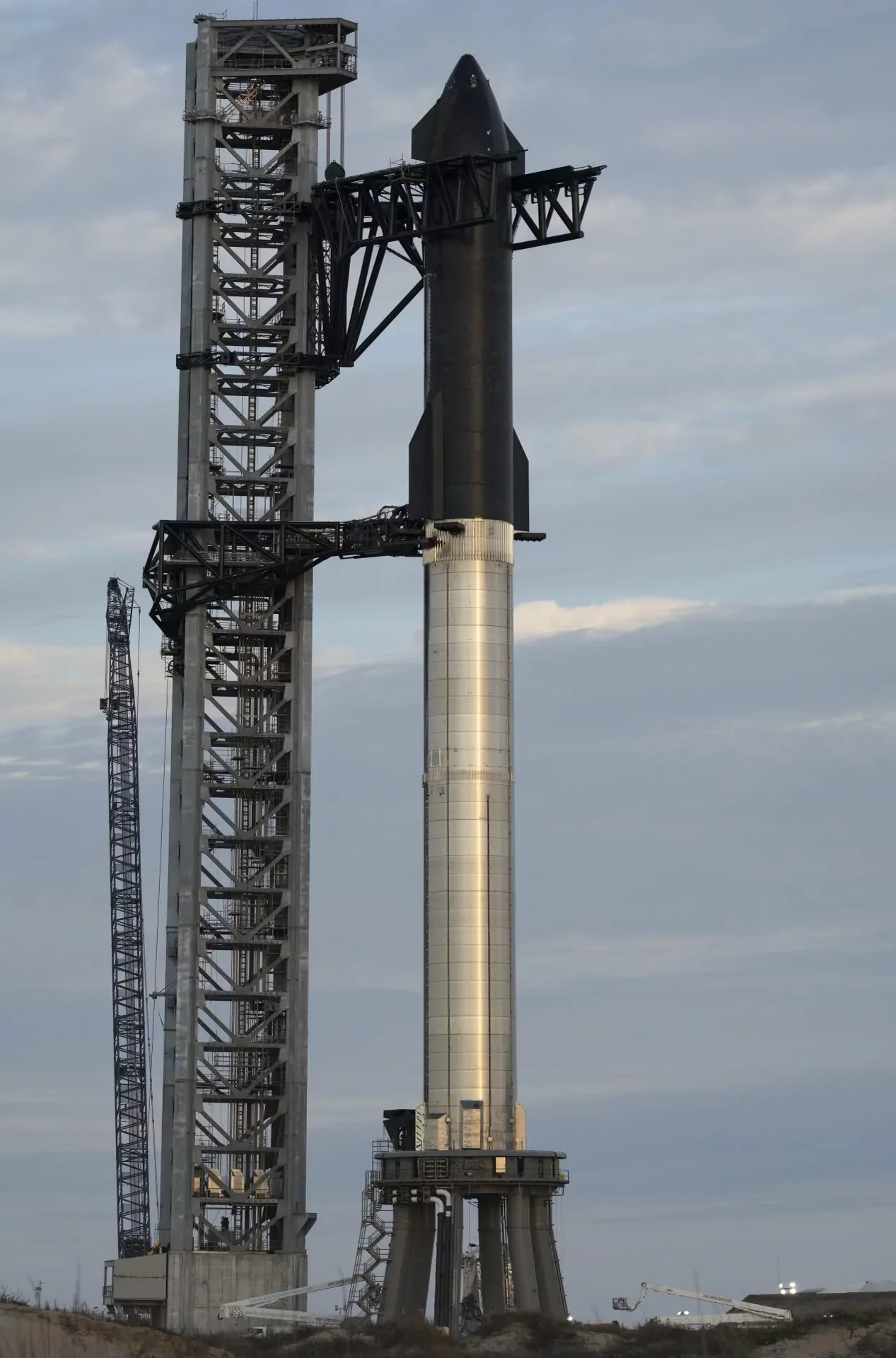
A BLOG FOR SPACE ENTHUSIASTS
News
Current happenings in space exploration and the universe.
Every post, I will bring you news in the aerospace industry and talk about what NASA and the private companies are up to. Today I will introduce the companies that I consider the “Big Three” in space exploration. SpaceX is a private company founded in 2002 by billionaire and Tesla founder Elon Musk. Musk has said that the goal of SpaceX is to eventually get a city of about 1 million people on the planet Mars. Blue Origin was founded by billionaire and Amazon founder, Jeff Bezos. Blue Origin’s vision is “millions of people living and working for the benefit of Earth” Virgin Galactic, founded by billionaire Richard Branson, is a private space company having the goal of “connecting people across the globe to the love, wonder, and awe created by space travel.
May 19, 2024 to May 25, 2024
SpaceX’s 4th integrated flight of the Starship is now delayed to June.
Blue Origin launches its NS-25 mission on Sunday May 19.
Boeing Starliner is set to launch on Saturday May 25.
Quite a few planets are set to line up in the sky before dawn on June 4.
NASA’s Artemis 3 mission is now set to launch in September of 2026.
June 9, 2024 to June 15, 2024
SpaceX’s Starship has a successful launch and splashdown of the Super heavy booster and Starship 29.
Boeing finally launches their Starliner spacecraft.
James Webb Space Telescope (JWST) opens up a new window on supernova science.
July 14, 2024 to July 20, 2024
SpaceX’s Starship and Super Heavy Booster successfully launched and landed back on Earth during the 4th test flight.
SpaceX’s Falcon 9 rocket is grounded due to an issue with the second stage after 300+ flights.
The Hubble Space Telescope finds and studies a potential galactic merger.
NASA cancels its VIPER Moon Rover project due to budget concerns.
The James Webb Space Telescope finds a distant world and studies its sunrises and sunsets.
Sierra Space’s Dream Chaser spaceplane has its first launch now targeted for 2025.
SpaceX is targeting no earlier than August 2024 for the 5th test flight of Starship/Super Heavy.
The United States Space Force is launching its USSF-51 mission aboard United Launch Alliance’s Atlas V 551 rocket no earlier than July 30, 2024.
Blue Origin is targeting September 29, 2024 for its first launch of its New Glenn rocket. The rocket will also carry NASA’s EscaPADE spacecraft to Mars.
NASA is targeting May 2027 to launch the Nancy Grace Roman Space Telescope.
August 8, 2024 to August 10, 2024
This blog post will be about my very recent visit to NASA’s Jet Propulsion Laboratory in California. I will also talk about upcoming rocket launches this week and what you can see in the night sky this week.
I recently visited the Jet Propulsion Laboratory in California. It was cool to see. I saw the museum and the Spacecraft Assembly Facility. The museum is called the Von Karman Visitor Center. It has an exhibit on the planets of the Solar System and the spacecraft that have visited them. There is also an auditorium where you see a short film presentation called “Journey to the Planets and Beyond.” The short film talks about the accomplishments of JPL and their goals. The Spacecraft Assembly Facility is where rovers and satellites are put together and made ready for their missions. The most recent mission that came through NASA JPL’s Spacecraft Assembly Facility was the Perseverance Rover for the Mars 2020 mission.
Upcoming Launches
SpaceX Starlink satellite Group 8-3 mission happens on 8/7/2024.
SpaceX Starlink satellite Group 10-7 mission happens on 8/10/2024.
SpaceX Arctic Satellite Broadband Mission (ASBM) happens on 8/11/2024.
SpaceX Transporter mission happens no earlier than 8/15/2024.
SpaceX Crew-9 mission happens on 8/18/2024.
SpaceX Polaris Dawn mission happens no earlier than August 2024.
SpaceX Starship Flight 5 happens no earlier than August 2024.
What you can see in the night sky this week and upcoming events in the night sky
The Perseid Meteor Shower peaks on 8/12/2024. It is visible in the Northern Hemisphere.
On the night of Monday, August 5, you can see a crescent moon and Mercury, while Venus is a bright evening star.
In the early morning hours of Tuesday, August 6, the asteroid 16 Psyche reaches its opposition point at 2 AM EDT. (1 AM CDT, 12 AM MDT, and 11 PM PDT.) The target of a NASA mission of the same name launched back in 2023 and is set to reach the asteroid in mid-2029.
Jupiter’s moon Ganymede will transit Jupiter’s south pole moving east to west in the early morning hours of Friday, August 9.
Jupiter’s moon Callisto is also making a move around Jupiter at the same time Ganymede passes Jupiter’s south pole. It will start to slide beneath Jupiter moving from east to west. Jupiter’s moon Callisto will miss Jupiter’s south pole entirely.
September 15, 2024 to September 21, 2024
There has been a re-emergence of UFO sightings I will talk about this topic for my blog post this week. I will also include a schedule of rocket launches for the week and what you can see in the night sky this week also.
UFOs and Aliens: I think that it is crazy that there has been a recent reemergence in the number of UFO sightings and people claiming that they have seen a flying saucer or two in the sky. In fact, Space.com has written an article about this and why it could be spiraling out of control. According to Space.com, at least 24% of Americans have claimed that they saw a UFO. Those same people have also believed that aliens have also visited Earth. But the thing is, we have absolutely zero evidence that aliens from other planets even exist. However scientists at NASA and SETI (Search for Extraterrestrial Intelligence Institute) are trying hard to answer the question, “Are we alone in the universe?” In fact, NASA has confirmed that more than 5,600 exoplanets exist out of billons of exoplanets that are out there. This probably is a valid claim to have seen aliens, considering that NASA is trying to figure out if there is life on these exoplanets. They are also trying to figure out if there is other life on worlds within our own solar system, like Saturn’s moons Titan and Enceladus. Again, scientists have discovered a whole ocean under Mars’s surface, so maybe there is probably other life in that ocean, we just have not found it yet. The belief in UFOs might be crazy, but the concept stands true because it is all about trying to find life on other worlds besides Earth, whether that is in our solar system or outside of it.
Link to Space.com article: Belief in alien visits to Earth is spiraling out of control – here's why that's so dangerous | Space
Launch Schedule for this week:
Galileo FOC FM26 & FM32 Mission
Location: Space Launch Complex 40, Cape Canaveral Space Force Station
Rocket: SpaceX Falcon 9
Date: Mon Sep 16, 2024
Kinéis Killed The RadIoT Star Mission
Location: Launch Complex 1B, Māhia Peninsula, New Zealand
Rocket: Electron/Curie
Date: Mon Sep 16, 2024
Starlink Group 9-17 Mission
Location: Space Launch Complex 4E, Vandenburg Space Force Base
Rocket: SpaceX Falcon 9
Date: Wed Sep 18, 2024
What to see in the sky this week:
September 17, 2024:
An occultation between Earth’s moon and Saturn, this is where Saturn gets behind the Moon. This is visible in the western U.S. Australia, western Canada, and northwestern Mexico. It will be visible from 3:08 AM to 7:07 AM local time.
There will be a conjunction between Earth’s moon and Saturn. This will be visible from Sep 16 at 7:32 PM local time to Sep 17 at 6:32 AM local time. The exact time this will happen is 5:14 AM local time.
A partial lunar eclipse will occur. It is visible in Europe, most of Aisa, Africa, North and South America, the Arctic, and Antarctica. The eclipse begins at 7:41 PM local time and ends at 11:47 PM local time. The max eclipse will be at 10:44 PM EDT. (9:44 PM CDT, 8:44 PM MDT, and 7:44 PM PDT.) The moon will be in 3.5% percent shadow. During a lunar eclipse the Earth’s shadow makes the moon turn red instead of disappearing like the sun. A lunar eclipse happens when the moon is at its full moon phase.
The Moon at its full moon phase.
There is a conjunction between Venus and the Spica star. A conjunction is when two astronomical objects have either the same right ascension or the same ecliptic longitude, usually as observed from Earth. Basically, a conjunction is when two objects in space look like they are close to each other, but they are not. This is an apparent phenomenon caused by the observer’s perspective. You can see this from 7:30 PM local time to 8:35 PM local time. The exact time this will happen is at 9:59 PM local time.
September 18, 2024:
There is an occultation between Neptune and the Moon. This is where Neptune goes behind the Moon. An occultation is where one object in space is hidden by another object in space that passes between it and the observer. This is visible from 12:15 AM local time to 3:53 AM local time.
The Moon is at its perigee. Perigee is the point in the Moon’s orbit when it is nearest to the Earth. It is visible from Sep 17 at 7:30 PM local time to Sep 18 at 7:14 AM local time. The exact time for this is Sep 18 at 8:26 AM local time.
September 20, 2024:
There is an opposition for Neptune. A planet (or asteroid or comet) is said to be in opposition when it is located on the opposite side of the Earth from the Sun. This is visible from Sep 20 at 7:26 PM local time to Sep 21 at 7:16 AM local time. The exact time of this is Sep 20 at 5:43 PM local time.
Meteor Showers visible this week:
Daytime Sextantids
Perseids
Southern Taurids
Daytime Leonids
October 20, 2024- October 26, 2024
On June 5, 2024, two astronauts, Barry E. Wilmore and Sunita Williams launched to the International Space Station aboard Boeing’s Starliner spacecraft that sat atop United Launch Alliance’s Atlas V rocket. The two astronauts were able to make it to the ISS but are now scheduled to return to Earth in February 2025 due to issues with the Starliner spacecraft. In fact, Boeing has always had problems with it even before its launch. The two astronauts are now “stranded” in space and are supposed fly back on a SpaceX Dragon Spacecraft. Due to issues, NASA has had the Boeing Starliner spacecraft return to Earth without the astronauts.
Other News: Unlike Boeing, SpaceX successfully launched its 5th test flight of Starship on October 13, 2024 and successfully caught the Super Heavy Booster back at the launch tower at its test facility in South Texas.
NASA also successfully launched its Europa Clipper mission aboard a SpaceX Falcon Heavy rocket at Kennedy Space Center in Florida on October 14, 2024. The purpose of the mission will be to see if Jupiter’s moon Europa might be able to support life under its surface.
What to see in the sky this week:
October 21: The Orionids Meteor Shower peaks, there is an occultation between the Moon and the star Elnath, and there is a conjunction between the Moon and Jupiter.
October 22: Comet C/2024 S1 (ATLAS) will make its closest approach to Earth.
October 23: There is a conjunction between the Moon and Mars and there is a conjunction between the Moon and the star Pollux.
October 24: The Leonis Minorids Meteor Shower peaks, The Moon is at its last quarter phase, there is a conjunction between the Moon and the Beehive Cluster of stars, and there is a solar conjunction between the Sun, Earth, and the dwarf planet, Haumea.
October 25: There is a conjunction between Venus and the star Antares.
October 26: There is a conjunction between the Moon and the star Regulus.
**December 2024 Update: Astronauts Barry E. Wilmore and Sunita Williams are now scheduled to return to Earth from the ISS in late March. This is due to a delay with SpaceX’s Dragon spacecraft.
November 3, 2024- November 9, 2024
This blog post will be about all about the rockets and spaceships that NASA and private companies have built and operated in the modern space age. From the SpaceX Starship to NASA’s Space Launch System, this is your encyclopedia for these spaceships and rockets. You can also read about what you are able to see in the sky this week.
Starship-
Manufacturer: SpaceX
Flights flown/Missions Flown: 5
Location where it was developed: SpaceX Starbase Texas
Mission: To transport people to Mars.
Space Launch System-
Manufacturer: NASA
Flights flown/ Missions flown: 1 (Artemis 1 mission)
Location where it was developed: Assembled at Kennedy Space Center
Mission: Transport astronauts to the Moon as part of the Artemis Program.
Dream Chaser-
Manufacturer: Sierra Space
Flights Flown/Missions Flown: Currently has not flown. Has multiple missions planned out.
Location where it was developed: Louisville, Colorado
Mission: To deliver supplies to the International Space Station
Vulcan Centaur-
Manufacturer: United Launch Alliance
Flights Flown/Missions Flown: 2
Location where it was developed: Decatur, Alabama
Mission: To ensure an affordable and reliable launch service
Virgin Galactic Delta Class Spaceships-
Manufacturer: Virgin Galactic
Flights Flown/Missions Flown: Currently zero. First flight is set for 2026.
Location where it was developed: Mesa, Arizona
Mission: To take space tourists to Earth orbit.
Alpha-
Manufacturer: Firefly Aerospace
Flights Flown/Missions Flown: 5
Location where it was developed: Firefly Texas Rocket Ranch
Mission: The rocket is intended to provide launch options for rideshare and full vehicle customers.
New Glenn-
Manufacturer: Blue Origin
Flights Flown/Missions Flown: Currently none. First flight is expected to happen this month.
Location where it was developed: Cape Canaveral, Florida
Mission: To place crewed and uncrewed payloads into Earth orbit and beyond.
Neutron-
Manufacturer: Rocket Lab
Flights Flown/Missions Flown: Currently none. First flight is expected for 2025.
Location where it was developed: Wallops Island, Virginia
Mission: To reduce cost and increase launch frequency.
What to see in the sky this week:
November 3-
There is a conjunction between the Moon and Mercury
There is a conjunction between the Moon and the star Antares
There is an occultation between the Moon and the star Antares
November 4-
There is a conjunction between the Moon and Venus
November 5-
The Southern Taurids Meteor Shower peaks
November 8-
The Moon is at its First Quarter phase
November 9-
There is a conjunction between the star Antares and Mercury
November 17, 2024- November 23, 2024
This week’s post will be an encyclopedia/guide to all the space telescopes that NASA uses in the current day to learn more about space and the universe. This blog post will also feature what is in sky this week.
James Webb Space Telescope-
Launch Date: December 25, 2021
Status: Active
Mission Goal: To reveal more about the origins of the cosmos.
Hubble Space Telescope-
Launch Date: April 24, 1990
Status: Active
Mission Goal: To help scientists understand the history of the universe.
Chandra X-ray Observatory-
Launch Date: July 23, 1999
Status: The Chandra spacecraft is unfortunately facing budget cuts and the possibility of mission closeout after 25 years. However, Chandra funding so far is expected to last until September 2025.
Mission Goal: To help scientists learn more about the hot and turbulent regions of outer space.
Transiting Exoplanet Survey Satellite (TESS) Spacecraft-
Launch Date: April 18, 2018
Status: Active
Mission Goal: To discover exoplanets.
Nancy Grace Roman Space Telescope-
Launch Date: May 2027
Status: Due to the Roman Space Telescope being a new telescope and it has not been launched yet, the status for this spacecraft is inactive.
Mission Goal: To survey the infrared universe.
What to see in the sky this week-
November 17, 2024:
The Leonids Meteor Shower peaks
There is a conjunction between the Moon and Jupiter
There is an Occultation between the Moon and the star Elnath.
November 19, 2024:
There is a conjunction between the Moon and the star Pollux.
November 20, 2024:
There is a conjunction between the Moon and Mars.
There is a conjunction between the Moon and the Beehive Cluster.
The Sun, Earth, and Mercury are at dichotomy.
November 21, 2024:
The a-Monocerotids Meteor Shower peaks.
November 22, 2024:
There is a conjunction between the Moon and the star Regulus.
The Moon is at its Last Quarter phase.
December 8, 2024- December 14, 2024
This blog post will be about the latest news with NASA’s Artemis program, what you can see in the sky this week, and this week’s rocket launch schedule.
Latest news: NASA delays Artemis II and III missions and finds the issue with the heat shield on the Orion Spacecraft.
At a recent news conference, NASA announced that they would delay the Artemis II mission to April 2026 and Artemis III to mid-2027. The delays were caused by issues with Orion’s heat shield. NASA found that it had cracked and partially eroded during its reentry phase of the Artemis I mission in 2022.
What you can see in the sky this week:
December 8:
Saturn and the Moon are at an occultation.
There is a conjunction between the Moon and Mars.
There is a conjunction between the Moon and Saturn.
The Moon is at its First Quarter phase.
The comet 333P/LINEAR makes its closest approach to the Earth
December 9:
The December Monocerotids Meteor Shower peaks.
The o-Hydrids Meteor Shower peaks.
Neptune and the Moon are at occultation.
December 12:
The Moon is at perigee.
December 13:
There is a conjunction between the Moon and the Pleiades Cluster.
December 14:
The Geminids Meteor Shower peaks.
The Moon is close to Jupiter.
The asteroid Eunomia is at opposition.
The Moon and the star Elnath are at occultation.
This week’s launch schedule:
December 8:
SpaceX Falcon 9, Starlink Group 12-5. Cape Canaveral Space Force Station, FL.
December 12:
SpaceX Falcon 9, Starlink Group 11-2. Vandenburg Space Force Base, CA.
December 13:
SpaceX Falcon 9, O3b mPOWER 7 & 8. Kennedy Space Center, FL
SpaceX Falcon 9, GPS-3 10. Cape Canaveral Space Force Station, FL
December 29, 2024- January 4, 2025
I hope you had a merry Christmas this year. If you don’t celebrate Christmas, then Happy Hanukkah and Happy Kwanzaa. I also wish you a happy new year in 2025.
This blog post will be about some recent discoveries in space, what to see in the sky this week, and this week’s launch schedule.
On November 20, 2024, astronomers had discovered a new exoplanet. This exoplanet is called TIDYE-1b or IRAS 04125+2902 b. This exoplanet is a 3-million-year-old gas giant. This planet is located 520 light years from Earth. This gas giant is considered to be a “newborn” exoplanet. By comparison, it is as old as a two-week-old infant. According to the article written about this newly discovered gas giant by Smithsonian Magazine, “The planet—named both IRAS 04125+2902 b and TIDYE-1b—orbits what will likely become an orange dwarf star, about 520 light-years from Earth, and circles its host every 8.8 days.
Link to Smithsonian article: Astronomers Discover a 'Newborn' World, the Youngest Known Transiting Exoplanet | Smithsonian
Another surprising discovery is the new images of Jupiter that NASA’s Juno Spacecraft took while making its 66th flyby. The spacecraft’s flyby happened on October 23, 2024. The Juno Spacecraft was the first spacecraft to dip towards Jupiter’s poles. When the spacecraft orbited Jupiter’s poles, it took pictures of giant cyclones that were swirling around at its north and south poles. According to Smithsonian Magazine, “The spacecraft is also credited with shedding light on Jupiter’s magnetic field, its strange core, and the iconic and long-lived “Great Red Spot, the largest storm in our solar system.”
Link to Smithsonian article: Check Out the Stunning New Images of Jupiter From NASA's Juno Spacecraft | Smithsonian
What to see in the sky this week:
January 3:
The Moon gets close to Venus.
There is a conjunction between the Moon and Venus.
The Quadrantids Meteor Shower peaks.
January 4:
The Moon is close to Saturn.
There is a conjunction between the Moon and Saturn.
There is an occultation between Saturn and the Moon.
This week’s launch schedule:
December 29:
SpaceX Falcon 9, Starlink Group 12-6. Kennedy Space Center, FL
January 1:
SpaceX Falcon 9, Thuraya 4-NGS. Cape Canaveral Space Force Station, FL
January 12, 2025- January 18, 2025
Happy New Year!
This is part 2 to the post about the rockets that NASA and private companies are using in the modern space age. There is also a launch schedule this week and what to see in the night sky this week.
New Shepard-
Manufacturer: Blue Origin
Flights Flown/Missions Flown: 28
Location where it was developed: Kent, Washington
Mission Goal: The New Shepard rocket was developed for space tourism.
Falcon Heavy-
Manufacturer: SpaceX
Flights Flown/Missions Flown: 11
Location where it was developed: Hawthorne, California
Mission Goal: Designed to carry humans into space.
Falcon 9-
Manufacturer: SpaceX
Flights Flown/Missions Flown: 433
Location where it was developed: The Falcon 9 was developed in multiple places including Hawthorne, California and McGregor, Texas.
Mission Goal: Used for reliable and safe transport of people and payloads into Earth orbit and beyond.
Electron-
Manufacturer: Rocket Lab
Flights Flown/Missions Flown: 55
Location where it was developed: Mahia, New Zealand
Mission Goal: To make space more accessible and commercially viable.
Atlas V-
Manufacturer: United Launch Alliance
Flights Flown/Missions Flown: 100
Location where it was developed: Decatur, Alabama.
Mission Goal: To launch payloads into space.
Launch Schedule this week:
January 13:
SpaceX Falcon 9, Starlink Group 12-4. Cape Canaveral Space Force Station
SpaceX Starship, Starship Flight 7. Starbase, Texas
January 14:
SpaceX Falcon 9, Transporter 12. Vandenburg Space Force Base
January 15:
SpaceX Falcon 9, Blue Ghost Mission 1 & HAKUTO-R M2 “Resilience”. Kennedy Space Center
What to see in the night sky this week:
January 12:
The comet C/2024 G3 (ATLAS) makes its closest approach to Earth.
The comet C/2024 G3 (ATLAS) is at perihelion with the Sun.
January 13:
The Moon is at its Full Moon Phase.
There is an occultation between the Moon and Mars.
There is a conjunction between the Moon and Mars.
There is a conjunction between the Moon and the star Pollux.
January 14:
There is a conjunction between the Moon and the Beehive Star Cluster.
January 15:
Mars is at opposition.
January 16:
There is a conjunction between the Moon and the star Regulus.
January 18:
The y-Ursae Minorids Meteor Shower peaks.
There is a conjunction between Saturn and Venus.
Venus and Saturn make a close approach.
January 26, 2025- February 1, 2025
This blog post will be all about one of NASA’s newest missions: Europa Clipper. Also to include this week’s launch schedule and what to see in the sky this week.
On October 14, 2024, NASA’s Europa Clipper spacecraft was launched aboard a SpaceX Falcon Heavy rocket from Launch Pad 39A at Kennedy Space Center. It will arrive at Jupiter in April 2030. The goal of the mission is to determine whether or not there are places below the icy moon that could support life. Another goal of the mission is to search for Europa’s suspected ocean, measure ice thickness on Europa, and to study the ice’s internal structure. Some milestones it is projected to accomplish are a Mars flyby in March of this year, an Earth flyby in December of next year, and entering Jupiter’s orbit in April of 2030.
What to see in the sky this week:
January 28:
The Moon is close to Mercury
January 29:
The Moon is at its New Moon phase
January 31:
There is a conjunction between Jupiter and the star Aldebaran
There is a conjunction between the Moon and Saturn
There is an occultation between Saturn and the Moon
Launch Schedule this week:
January 27:
Falcon 9 Block 5, Starlink Group 12-7. Cape Canaveral Space Force Station
January 28:
New Shepard, NS-29. West Texas
Falcon 9 Block 5, SPAINSAT New Generation. Kennedy Space Center
January 30:
Falcon 9 Block 5, Starlink Group 12-3. Cape Canaveral Space Force Station
February 9, 2025- February 15, 2025
On this week’s blog post: An unanticipated asteroid discovery, NASA receives an image of a bullseye galaxy, what to see in the sky this week and this week’s launch schedule.
NASA recently discovered a very surprising thing about a sample from the surface of asteroid Bennu. Scientists have discovered that the sample, which was collected by the spacecraft of the OSIRIS-REx mission, had contained 14 of the 20 amino acids that are used to build proteins and all five nucleobases, the genetic components of DNA and RNA. By finding this out, the scientists learned that the sample contained the building blocks for life. This was an interesting discovery.
In other news, NASA also received a new image of the Bullseye Galaxy. The galaxy, named LEDA 1313424 and dubbed the “Bullseye” is a product of what happened after a cosmic collision. The galaxy is now believed to nine rings, which is six more than any other galaxy known to scientists. Eight of the rings were detected by the Hubble Space Telescope and the ninth was detected by data from the W. M. Keck Observatory in Hawaii.
What to see in the sky this week:
February 9:
There is a superior solar conjunction between Mercury, the Sun, and Earth.
There is an occultation between the Moon and Mars.
There is a conjunction between the Moon and Mars.
There is a conjunction between the Moon and the star Pollux.
February 10:
There is a conjunction between the Moon and the Beehive Cluster.
February 12:
The Moon reaches its Full Moon phase.
There is a conjunction between the Moon and the star Regulus.
February 15:
There is a solar conjunction between the Sun, Earth, and Ceres.
Launch Schedule this week:
February 9:
Falcon 9 Block 5, Starlink Group 11-10. Vandenburg Space Force Base
February 11:
Falcon 9 Block 5, Starlink Group 12-18. Cape Canaveral Space Force Station
February 14:
Falcon 9 Block 5, Starlink Group 12-8. Cape Canaveral Space Force Station
February 16, 2025- February 22, 2025
In this post I will talk about NASA’s space biology program, what to see in the sky this week, and this week’s launch schedule.
The main objective of NASA’s Space Biology Program is to conduct research and get a better understanding of how spaceflight affects living things. Part of it is to help prepare for future human exploration missions to the Moon, Mars, and beyond. NASA studies how organisms repair cellular damage and protect themselves from infection and disease in microgravity and exposure to space radiation. NASA does the research across the whole spectrum of biological organization, from molecules all the way up to whole organisms and communities of microorganisms. Again, this is important because NASA wants to know how space can affect living things, including humans.
What to see in the sky this week:
February 16:
Venus reaches its greatest brightness
February 17:
There is an occultation between the Moon and the star Spica
There is a conjunction between the Moon and the star Spica
The Moon is at apogee
February 20:
The Moon is at its Last Quater phase
February 21:
There is an occultation between the Moon and the star Antares
There is a conjunction between the Moon and the star Antares
Launch Schedule this week:
February 18:
Falcon 9 Block 5, Starlink Group 10-12. Cape Canaveral Space Force Station
February 19:
Falcon 9 Block 5, Starlink Group 15-1. Vandenburg Space Force Base
February 20:
Falcon 9 Block 5, Starlink Group 12-14. Cape Canaveral Space Force Station
March 2, 2025- March 8, 2025
So, everyone should be at least somewhat familiar with the asteroid 2024 YR4. This asteroid has made headlines as of late for possibly colliding with the Earth in December 2032. The chances of impact had even risen all the way up to one-in-thirty-two odds or 3.1%. Well, the good news is the chances of impact went down to effectively zero, so we can stop worrying about an asteroid impact happening. The most interesting or crazy part of this, (depending on how you look at it) is that while the 2024 YR4 asteroid now has basically no chance of hitting Earth in 2032, it might hit the Moon. In fact, NASA just said that there is a 1.7% chance of the asteroid impacting the Moon. Of course, if the asteroid hit the Moon, the Moon would receive another crater to its already complicated structure. A positive effect of a potential hit on the Moon by 2024 YR4 would be that it would provide an opportunity for science, according to a new article by Sky & Telescope. For those that do not know, the asteroid 2024 YR4 was discovered on December 27, 2024, and has a diameter of 130 to 300 feet. That means that this asteroid is roughly the size of a football field. The opportunity for science that this asteroid could provide if it hit the Moon is that scientists could learn about the details of the composition of the asteroid and its structure, as well as the lunar subsurface.
What to see in the sky this week:
March 2:
Mercury and Neptune make a close approach
March 3:
Neptune and Mercury are in conjunction
March 5:
The Moon and the Pleiades Cluster are at conjunction
March 6:
The Moon and Jupiter are at conjunction
The Moon is at its First Quarter phase
The Moon and the star Elnath are at occultation
March 7:
Mercury, the Sun, and the Earth are at dichotomy
Mercury reaches greatest elongation
March 8:
The Moon and Mars are at conjunction
Launch Schedule this week:
March 2:
Falcon 9 Block 5, Starlink Group 12-20. Cape Canaveral Space Force Station
March 3:
Starship-Super Heavy Block 1/2, Starship Flight 8. Starbase, Texas
March 4:
Falcon 9 Block 5, SPHEREx & PUNCH. Vandenburg Space Force Base
March 5:
Falcon 9 Block 5, Starlink Group 12-21. Cape Canaveral Space Force Station
March 7:
Falcon 9 Block 5, Starlink Group 12-16. Cape Canaveral Space Force Station
March 9, 2025- March 15, 2025
This week’s post will be about a black hole that is possibly inhabiting a nearby galaxy, what to see in the night sky this week, and this week’s launch schedule.
There has been a new and recent study of super-fast-moving stars that suggested that they were accelerated by massive black hole that has been hanging out and unseen in a nearby galaxy, according to an article by NPR. The article mentioned a report by The Astrophysical Journal that said that the black hole appeared to be the closest supermassive black hole outside the Milky Way galaxy. Unitil now, scientists thought that most galaxies have a giant black hole at their centers, but no one had known that one these giant black holes lives in a dwarf galaxy called the Large Magellanic Cloud which sits just outside of the Milky Way. Scientists have also done some calculations and found out that the black hole could be about 600,000 times the mass of our Sun. That is crazy. The discovery of new things in space is only going to get better from here.
Link to NPR article: That galaxy next door? It's home to a monster black hole: NPR
What to see in the sky this week:
March 9:
Venus and Mercury are at conjunction
The Moon and the star Pollux are at conjunction
March 10:
The Moon and the Beehive Cluster are at conjunction
March 12:
There is a solar conjunction including the Sun, Earth, and Saturn
The Moon and the star Regulus are at conjunction
Mercury and Venus make a close approach
March 14:
The y-Normids meteor shower peaks
The Moon is at its Full Moon phase
There is a total lunar eclipse
Launch Schedule this week:
**Note: Last week the SpaceX Starship Flight 8 got scrubbed and delayed from its original flight date. This was due to an issue with Booster 15 that required some troubleshooting from flight controllers. It finally lifted off from Starbase, Texas on March 6, 2025.
March 9:
Falcon 9 Block 5, SPHEREx & PUNCH. Vandenburg Space Force Base
*This mission also got delayed from its original flight date. This was due to needing more time for checkouts and preparations ahead of liftoff.
Falcon 9 Block 5, Starlink Group 12-21. Cape Canaveral Space Force Station
March 11:
Falcon 9 Block 5, Starlink Group 12-16. Cape Canaveral Space Force Station
March 12:
Falcon 9 Block 5, Transporter 13. Vandenburg Space Force Base
March 13:
Falcon 9 Block 5, Starlink Group 12-25. Cape Canaveral Space Force Station
March 15:
Alpha, Message in a Booster. Vandenburg Space Force Base
March 23, 2025- March 29, 2025
So usually, my blog posts are about things that are about things that happen in space. Well, this week is more down to Earth…literally. This is because this week NASA just dropped a new report about what its satellites have been seeing from low-earth orbit and NASA astronauts Butch Willmore and Suni Williams are finally back after 9 months on the International Space Station. Also, this week’s sky calendar and launch schedule.
NASA’s satellites have given the space agency new data about sea levels. It turns out that the data found that the Earth’s Sea levels have gone up more than expected last year in 2024. However, earth scientists are more concerned about the overall long-term trend. According to an article by Mashable, NASA’s analysis had shown that global sea levels had increased by about four inches since 1993 when satellites had started measuring sea levels. Unfortunately, the rate is increasing. Since 1880, sea levels had risen about eight to nine inches overall. This is a problem that needs to stop.
Let’s get back to some good news. The good news is that after being “stranded” in space for 9 months, The crew of the Boeing Starliner spacecraft, Butch Willmore and Suni Williams, are finally back on Earth. They had returned to Earth from the ISS on March 18 aboard a SpaceX Crew Dragon spacecraft and splashed down off the coast of Florida before 5 p.m. CDT. The two “stranded” astronauts came back with two other astronauts who were part of a mission called Crew-9. An article by USA Today called it “something of a storybook ending to the Starliner saga.”
What to see in the sky this week:
March 24:
Mercury, the Sun, and Earth are at an inferior solar conjunction
March 28:
The Moon and Saturn are at a conjunction
The Moon and Venus are at a conjunction
Mercury and Venus make a close approach
The Moon and Mercury are at a conjunction
The Moon and Neptune are at a conjunction
March 29:
The Moon is at its New Moon phase
There is a partial solar eclipse but the parts of the U.S. where it will be visible are New England, New York, Maryland, Pennsylvania, and Washington D.C.
This week’s launch schedule:
March 24:
Falcon 9 Block 5, NROL-69. Cape Canaveral Space Force Station
Falcon 9 Block 5, Starlink Group 11-7. Vandenburg Space Force Base
March 26:
Alpha, Message in a Booster. Vandenburg Space Force Base
*This mission got delayed from March 15.
March 30, 2025- April 5, 2025
Happy April! This week NASA’s Curiosity Rover detects largest organic molecules found on Mars. Also, this week’s launch schedule and what is visible in the night sky.
Recently, NASA’s Curiosity Rover just discovered the largest organic molecules on Mars. According to NASA, they are the largest organic compounds on the Red Planet to date. The discovery was really made by researchers who were analyzing the rock onboard the rover, but this is still pretty cool. Also, according to NASA, scientists had probed an already existing rock sample from Curiosity’s Sample Analysis at Mars or SAM mini lab and found the molecules decane, undecane, and dodecane. The Curiosity rover found these organic compounds when it had drilled what came to be known as the Cumberland Sample in May 2013 at an area in Mars’ Gale Crater called “Yellowknife Bay.” This is a significant accomplishment in the search for life outside of Earth and more are sure to come.
What to see in the sky this week:
March 30:
The Moon is at perigee
The Moon makes a close approach with the star Pollux
March 31:
Mercury makes a close approach with Neptune
April 1:
The Moon and Uranus are at a conjunction
The Moon and the Pleiades Cluster are at a conjunction
The Moon and the Pleiades Cluster are at an occultation
April 2:
The Moon and Jupiter are at a conjunction
Mars and the star Pollux are at a conjunction
The Moon and the star Aldebaran are at a conjunction
April 3:
The Moon and the star Elnath are at an occultation
April 4:
The Moon is at its First Quater phase
The Moon and the star Pollux are at a conjunction
April 5:
The Moon and Mars are at a conjunction
This week’s launch schedule:
March 30:
Alpha, Message in a Booster. Vandenburg Space Force Base
Falcon 9 Block 5, Starlink Group 6-80. Cape Canaveral Space Force Station
March 31:
Falcon Block 5, Fram2. Kennedy Space Center
April 1:
Falcon 9 Block 5, Starlink Group 11-13. Vandenburg Space Force Base
April 4:
Falcon 9 Block 5, Starlink Group 11-11. Vandenburg Space Force Base
April 5:
Falcon 9 Block 5, Starlink Group 6-72. Cape Canaveral Space Force Station
April 6, 2025- April 12, 2025
This week, a shocking thing about Boeing’s Starliner spacecraft. Also, this week’s launch schedule what to see in the sky this week.
So, it looks like Boeing’s Starliner that took Butch Wilmore and Suni Williams up to the ISS but came back down empty may be getting another chance to fly. According to an article by FLYING Magazine NASA had reported that the spacecraft could fly again later this year. Even though NASA had acknowledged that Starliner was broken and had tons of issues with it, they still think it could fly. The space agency even described the next flight of Boeing’s Starliner as a “crew capable post-certification mission.” According to FLYING Magazine, NASA officials were unsure if the mission would be crewed or uncrewed but also insisted that Boeing should remain onboard with the mission despite the supposed rumors of the company considering selling off its space business. This is crazy and unexpected. We should just wait to see what happens next.
What to see in the sky this week:
April 6:
The Moon and the Beehive Cluster are at a conjunction
April 8:
The Moon and the star Regulus are at a conjunction
April 10:
Mercury and Saturn are at a conjunction
Mercury and Saturn make a close approach
April 12:
The Moon is at its Full Moon phase
The Moon and the star Spica are at an occultation
The Moon and the star Spica are at a conjunction
This week’s launch schedule:
April 7:
Falcon 9 Block 5, Starlink Group 11-11. Vandenburg Space Force Base
April 9:
Atlas V 551, Project Kuiper (KA-01). Cape Canaveral Space Force Station
April 13, 2025- April 19, 2025
This week, a NASA spacecraft spots a monster black hole. Also, this week’s launch schedule and night sky schedule.
Just recently, a NASA spacecraft detected a supermassive black hole at the heart of galaxy SDSS1335+0728. The black hole is located about 300 million light years away from Earth. According to an article by Space.com, it was seen “erupting with the longest and most powerful X-ray blasts ever seen from a cosmic titan.” The observation of the supermassive black hole erupting means that current models are pushed to the limit and challenges existing ideas about how the X-ray flashes are being generated. Believe or not, this is a supermassive black hole that has been inactive for decades.
What to see in the sky this week:
April 13:
The Moon is at apogee
April 14:
The Sun, Earth, and the dwarf planet Eris are at a solar conjunction
April 16:
Mercury and Neptune are at a conjunction
The Moon and the star Antares are at occultation
The Moon and the star Antares are at a conjunction
This week’s launch schedule:
April 13:
Falcon 9 Block 5, Starlink Group 6-73. Cape Canaveral Space Force Station
April 14:
New Shepard, NS-31. West Texas
April 16:
Minotaur IV, NROL-174. Vandenburg Space Force Base
Falcon 9 Block 5, Starlink Group 6-74. Cape Canaveral Space Force Station
April 19:
Falcon 9 Block 5, NROL-145. Vandenburg Space Force Base
April 20, 2025- April 26, 2025
Happy Easter to those who celebrate the holiday. This week will be all about NASA’s SPHEREx PUNCH mission. Also, this week’s launch schedule and what to see in the sky this week.
On March 11, 2025, NASA launched its SPHEREx observatory and PUNCH satellites aboard a SpaceX Falcon 9 rocket. According to NASA, the goal of the PUNCH mission will be to make global, 3D observations of the inner solar system and the Sun’s outer atmosphere, known as the corona, in order to learn how its mass and energy become solar wind. According to NASA’s Jet Propulsion Laboratory, the goal of the SPHEREx observatory will be to collect data on more than 450 million galaxies along with more than 100 million stars in the Milky Way galaxy in order to learn about and explore the origins of the universe. In fact, as of April 18, the PUNCH spacecraft just captured its first light images.
What to see in the sky this week:
April 20:
The Moon is at its Last Quater phase
April 21:
Mercury is at its greatest elongation
April 22:
The April Lyrids meteor shower peaks
April 23:
The Pi-Puppids meteor shower peaks
April 24:
Mercury, the Sun and the Earth are at dichotomy
The Moon and Venus are at a conjunction
The Moon and Saturn are at a conjunction
Venus and Saturn make a close approach
April 25:
The Moon and Mercury are at a conjunction
The Moon and Neptune are at a conjunction
This week’s launch schedule:
April 20:
Falcon 9 Block 5, NROL-145. Vandenburg Space Force Base
April 21:
Falcon 9 Block 5, CRS SpX-32. Kennedy Space Center
Falcon 9 Block 5, Bandwagon-3. Cape Canaveral Space Force Station
April 24:
Falcon 9 Block 5, Starlink Group 6-74. Cape Canaveral Space Force Station
April 25:
Falcon 9 Block 5, Starlink Group 11-9. Vandenburg Space Force Base
April 27, 2025- May 3, 2025
This week, scientists discover hints of life on exoplanet K2-18b. Also, this week’s launch schedule and what to see in the sky this week.
Recently, astronomers have found out that exoplanet K2-18b, which is located 120 light years away from Earth, might have the strongest evidence of life beyond our solar system. The astronomers also found out from their analysis of James Webb Space Telescope (JWST) data that K2-18b might have an abundance of dimethyl sulfide (DMS) molecules in its atmosphere. An article about this from Space.com stated that “Because DMS is almost exclusively produced by life forms like marine algae on Earth, astronomers consider it a potential “biosignature” in the search for life — past or present — elsewhere in the universe.”
What to see in the sky this week:
April 27:
Venus reaches its greatest brightness
The Moon is at perigee
The Moon is at its New Moon phase.
April 28:
Venus and Saturn are at a conjunction
The Moon and Uranus are at a conjunction.
April 29:
The Moon and the Pleiades Cluster are at a conjunction
The Moon and the star Aldebaran are at a conjunction
April 30:
The Moon and Jupiter are at a conjunction
The Moon and the star Elnath are at an occultation
The asteroid Vesta is at opposition
The comet C/2025 F2 (SWAN) makes its closest approach to Earth
The comet C/2025 F2 (SWAN) reaches perihelion
May 2:
The Moon and the star Pollux are at a conjunction
May 3:
The Moon and Mars are at a conjunction
The Moon and the Beehive Cluster are at a conjunction
This week’s launch schedule:
April 27:
Alpha, Message in a Booster. Vandenburg Space Force Base
Falcon 9 Block 5, Starlink Group 11-9. Vandenburg Space Force Base
Falcon 9 Block 5, Starlink Group 12-23. Cape Canaveral Space Force Station
April 28:
Atlas V 551, Project Kuiper (KA-01). Cape Canaveral Space Force Station
Falcon 9 Block 5, Starlink Group 12-10. Kennedy Space Center
April 30:
Falcon 9 Block 5, Starlink Group 6-75. Cape Canaveral Space Force Station
May 1:
Falcon 9 Block 5, Starlink Group 15-3. Vandenburg Space Force Base
May 18, 2025- May 24, 2025
This week’s post will be about the future of space exploration in terms of the propulsion that rockets use. Also, this week’s launch schedule and what to see in the sky this week.
Last month, U.K.-based aerospace startup Pulsar Fusion unveiled their Sunbird nuclear fusion rocket and is designed to reach speeds of up to 329,000 mph. According to a Space.com article about the rocket, “Those speeds would make it the fastest self-propelled object ever created by humankind.” Space.com also noted that theoretically, Sunbird’s fast speeds could cut travel time to Mars in half, from 8 months to 4 months. There are some benefits to using fusion propulsion to power rockets. For one, it is more environmentally friendly and sustainable. It also can reduce travel times to distant planets and has high energy efficiency, meaning that fusion reactions release more energy per unit of fuel. There are some disadvantages to fusion propulsion such as energy loss and damage to the materials of the rocket. Ultimately, it is inevitable that propulsion systems like this are future of how humanity will explore space in general.
What to see in the sky this week:
May 20:
The Moon is at its last quarter phase.
May 22:
The Moon and Saturn are at a conjunction
May 23:
The Moon and Venus are at a conjunction
May 24:
Mercury and Uranus are at a conjunction
Mercury and Neptune make a close approach.
This week’s launch schedule:
May 19:
Falcon 9 Block 5, Starlink Group 12-15. Cape Canaveral Space Force Station
May 21:
Falcon 9 Block 5, Starlink Group 11-16. Vandenburg Space Force Base
May 24:
Falcon 9 Block 5, Starlink Group 17-1. Vandenburg Space Force Base
Falcon 9 Block 5, Starlink Group 12-22. Cape Canaveral Space Force Station
June 1, 2025- June 7, 2025
This week on Explore Space Notes: Scientists are stumped by a mysterious pulsing ‘star’ and Elon Musk says the chances of SpaceX getting to Mars in 2026 is 50/50. Also, this week’s launch schedule and what to see in the sky this week.
Some strange star located in the Scutum constellation 15,000 light years from Earth is stumping scientists. The star, known as ASKAP J1832, has been blinking in both X-ray and radio frequencies every 44 minutes in a way that astronomers have never seen before. It is possible that this object could be a white dwarf star or a magnetar. Time Magazine noted in a recent article that astronomer Ziteng Wang said, “Astronomers have looked at countless stars with all kinds of telescopes and we’ve never seen one that acts this way.” This is a crazy discovery, and scientists are still shocked at how this star behaves.
In other news, SpaceX CEO Elon Musk recently said that there is a 50/50 shot that SpaceX lands on Mars by next year. Space.com recently noted in a recent article about Elon’s update of Starship following Flight 9 of the mega rocket that Musk said, “We’ll try to make that opportunity, if we get lucky. I think we probably have a 50/50 chance right now.” SpaceX is still trying to get to Mars in 2026 even though Starship flights 7,8, and 9 have ended in the rocket exploding. During flight 9, the SpaceX Starship was able to make it to space, but then both the Ship and Super Heavy Booster exploded when they tried to re-enter Earth’s atmosphere.
What to see in the sky this week:
June 1:
The Moon and Mars are at a conjunction
The Moon and the star Regulus are at a conjunction
The Sun, Venus, and Earth are at dichotomy
June 2:
The Moon is at its first quarter phase
June 4:
Venus and the dwarf planet Eris are at a conjunction
June 6:
The Moon and the star Spica are at a conjunction
The Moon and the star Spica are at an occultation
June 7:
The Daytime Arietids meteor shower peaks
The Moon reaches apogee
This week’s launch schedule:
June 1:
Falcon 9 Block 5, Starlink Group 12-19. Cape Canaveral Space Force Station
June 3:
Falcon 9 Block 5, Starlink Group 11-22. Vandenburg Space Force Base
June 6:
Falcon 9 Block 5, SXM-10. Cape Canaveral Space Force Station
June 8, 2025- June 14, 2025
This week on Explore Space Notes I will talk about the pros and cons of having different systems to propel rockets in space. Also, this week’s launch schedule and what to see in the sky this week.
There are three main types of propulsion systems: chemical, nuclear, and electric. This post will explore the pros and cons of each propulsion system.
Nuclear propulsion:
What is it?
Nuclear propulsion is a propulsion method that uses nuclear reactions as their primary power source.
Pros of nuclear-powered rockets:
Increased payload capacity
Reduced travel times
Exceptional efficiency
Sustainability
Cons of nuclear-powered rockets:
Safety concerns
High development costs
Weight and size constraints
Radioactive waste
Chemical propulsion:
What is it?
Chemical propulsion is a propulsion method in which thrust is given as a product of a chemical reaction occurring.
Pros of chemical-powered rockets:
Simplicity and reliability
Low cost
Lower contamination
Low Thrust and Impulse Bit Capability
Cons of chemical-powered rockets:
Low performance
Limited efficiency
Maintenace costs
Limited mission duration
Electric propulsion:
What is it?
Electric propulsion is a propulsion method that uses electrostatic or electromagnetic fields to accelerate mass and generate thrust.
Pros of electric-powered rockets:
Efficiency
Durability
Speed
Cost-effective
Cons of electric-powered rockets:
Limited lifespan
Low thrust
Limited fuel options
High complexity
In the end, propulsion systems like nuclear and electric propulsion are more ideal in order for humanity to colonize and explore outer space.
What to see in the sky this week:
June 8:
Mercury and Jupiter are at a conjunction
Mercury and Jupiter make a close approach
June 10:
The Moon and the star Antares are at a conjunction
The star Antares and the Moon are at an occultation
June 11:
The Moon reaches its full moon phase
This week’s launch schedule:
June 8:
Falcon 9 Block 5, Starlink Group 15-8. Vandenburg Space Force Base
June 10:
Falcon 9 Block 5, Axiom Mission 4 (Ax-4). Kennedy Space Center
Falcon 9 Block 5, Starlink Group 12-24. Cape Canaveral Space Force
June 12:
Falcon 9 Block 5, Starlink Group 15-6. Vandenburg Space Force Base
June 13:
Atlas V 551, Project Kuiper (KA-02). Cape Canaveral Space Force Station
June 22, 2025- June 28, 2025
This week on Explore Space Notes, Firefly Aerospace plans to launch a moon-imaging as early as next year. Also, this week’s launch schedule and what to see in the sky this week.
So, it looks like Firefly Aerospace’s ambitions at the moon are growing fast. Earlier this year, the Austin, Texas based space company was able to successfully operate its Blue Ghost lander on the lunar surface. Some of its accomplishments were catching GPS signals on the Moon, exploring the lunar interior, and testing protection against lunar dust as well as capturing photos of a solar eclipse. With all that aside, Firefly aerospace announced on June 18 that it was working on a new “lunar imaging service” called Ocula. The purpose of Ocula said by Firefly Aerospace CEO Jason Kim in a statement in a Space.com article was it would provide critical data that informs future human and robotic missions and supports national security with intelligence, surveillance and reconnaissance. Firefly Aerospace plans to launch this new moon imaging service as early as 2026. This is a big development in lunar exploration and might even help humans explore Mars as well.
What to see in the sky this week:
June 22:
The Moon and Venus are at a conjunction
The Moon and Uranus are at a conjunction
The Moon and the Pleiades Cluster are at a conjunction
Mercury and the star Pollux are at a conjunction
June 23:
The Moon and the star Aldebaran are at a conjunction
June 24:
The Sun, Jupiter, and Earth are at a solar conjunction
June 25:
The Moon and Jupiter are at a conjunction
The Moon is at its New Moon phase
June 26:
The Moon and the star Pollux are at a conjunction
June 27:
The June Bootids meteor shower peaks
The Moon and Mercury are at a conjunction
The Moon and the Beehive Cluster are at a conjunction
June 28:
Mercury, The Sun, and Earth are at dichotomy
This week’s launch schedule:
June 22:
Falcon 9 Block 5, Starlink Group 10-23. Cape Canaveral Space Force Station
Falcon 9 Block 5, Axiom Mission 4 (Ax-4). Kennedy Space Center
June 23:
Atlas V 551, Project Kuiper (KA-02). Cape Canaveral Space Force Station
June 25:
Falcon 9 Block 5, Starlink Group 10-34. Cape Canaveral Space Force Station
July 13, 2025- July 19, 2025
This week on Explore Space Notes: Space Shuttle Discovery is being planned to move from Virginia to Houston, Texas as part of President Trump’s “Big, Beautiful Bill.” Also, what to see in the sky this week and this week’s launch schedule.
I hope you all had a great 4th of July this year. So, usually this blog does not cover politics, but the reason that I am bringing up President Donald Trump’s “Big, Beautiful Bill” that was recently signed into law is because it contains something that you may not know much about. And no, it is not that the bill contains plans to create massive tax cuts or increase funding for border patrol in order to fully enact President Trump’s policy on immigration and the southern border, because while those statements are true, it is not reason I am bringing it up. The reason I am bringing it up is because it contains a plan to move Space Shuttle Discovery from the Smithsonian National Air and Space Museum’s Udvar- Hazy Center in Chantilly Virginia to Space Center Houston in Houston, Texas. The purpose of the provision, which was added by senators from Texas, is to “transfer a “space vehicle” to a NASA center “involved in the administration of the Commercial Crew Program” and “placed on public exhibition at an entity within the Metropolitan Statistical Area where such center is located” according to an article by Space.com. The provision appropriates $85 million to make the move. Personally, I think that it is about time that Space Center Houston had an actual space shuttle that flew in space. Currently, Space Center Houston has a mock-up of a space shuttle and not a real one.
What to see in the sky this week:
July 13
Venus makes a close approach by the star Aldebaran
July 16:
The Moon and Neptune are at a conjunction
The Moon and Saturn are at a conjunction
July 17:
The Moon is at its Last Quarter phase
This week’s launch schedule:
July 13:
Falcon 9 Block 5, Dror-1? (“Commerical GTO 1”). Cape Canaveral Space Force Station
July 14:
Falcon 9 Block 5, Starlink Group 15-2. Vandenburg Space Force Base
July 16:
Falcon 9 Block 5, Project Kuiper (KF-01). Cape Canaveral Space Force Station
Falcon 9 Block 5, Starlink Group 17-3. Vandenburg Space Force Base
July 27, 2025- August 2, 2025
This week on Explore Space Notes: Scientists discover a hidden alien planet. Also, this week’s launch schedule and what to see in the sky this week.
Recently, scientists have found a hidden planet called Kepler-139. The new exoplanet, officially known as Kepler-139f, is a gigantic world that has roughly twice the mass of Neptune and 35 times the mass of Earth. Astronomers reported in a study back in May that Kepler-139f takes 355 days to orbit its star. Though this exoplanet is really big, it somehow had evaded detection. The reason why Kepler-139f had evaded detection is because of the initial yield of NASA’s Kepler Space Telescope, which in its nine of operation, had discovered nearly 3,000 exoplanets. The telescope had relied on worlds transiting, which is when planets pass between their star and Earth. An article by Space.com said that; “The resulting dimming of the star allowed astronomers to identify planets and calculate their size. But Kepler couldn’t see planets traveling above or below the wedge of space between it and the star, so any outliers remained unseen.” This is one crazy discovery and yet another exoplanet got discovered to get added to the list of discovered exoplanets.
What to see in the sky this week:
July 28:
The July y-Draconids meteor shower peaks
The Piscis Austrinids meteor shower peaks
The Moon and Mars are at a conjunction
July 30:
The Moon and the star Spica are at an occultation
July 31:
The a-Capricornids meteor shower peaks
The Southern Delta Aquariids meteor shower peaks
The Moon and the star Spica are at a conjunction
Mercury, Earth, and the Sun are at a inferior solar conjunction
August 1:
The Moon is at its First Quarter phase
The Moon is at apogee
This week’s launch schedule:
July 29:
Falcon 9 Block 5, Starlink Group 10-29. Cape Canaveral Space Force Station
July 30:
Falcon 9 Block 5, Starlink Group 13-4. Vandenburg Space Force Base
Electron, JAKE 4. Wallops Flight Facility
July 31:
Falcon 9 Block 5, SpaceX Crew-11. Kennedy Space Center
August 2:
Falcon 9 Block 5, Starlink Group 17-4. Vandenburg Space Force Base
August 3, 2025- August 9, 2025
This week on Explore Space Notes: A new study suggests that Mars’s glaciers are mostly pure water ice. Also, what to see in the sky this week and this week’s launch schedule.
There has been a new study recently about the glaciers on Mars. The study found that the Red Planet’s glaciers are mostly pure ice. This is good news for anyone who is going to settle Mars in the future because the pure ice might be a useful resource. Researchers and scientists were able to find out that Mars’s glaciers were pure water ice by using the SHARAD onboard NASA’s Mars Reconnaissance Orbiter. They were able to focus on how quickly radar waves moved through a material and how quickly the energy dissipated from radar waves into a material. This could have shed light on the rock to ice ratio in the glaciers. In an article by Space.com, Oded Aharonson told them: "We found a surprising consistency in the purity of these glaciers, We found all the sites we looked at can be described as relatively pure ice deposits, maybe 80% or more ice, under a rock or dust cover. They could be a resource in the future if humanity tried to access them." This is a very surprising discovery about the Red Planet.
What to see in the sky this week:
August 3:
The Moon and the star Antares are at an occultation
The Moon and the star Antares are at a conjunction
August 6:
Saturn and Neptune are at a conjunction
August 7:
The n-Eridanids meteor shower peaks
August 9:
The Moon is at its Full Moon phase
This week’s launch schedule:
August 3:
New Shepard, NS-34. Launch Site One, West Texas
Falcon 9 Block 5, Starlink Group 10-30. Cape Canaveral Space Force Station
August 5:
Falcon 9 Block 5, Starlink Group 11-25. Vandenburg Space Force Base
August 7:
Falcon 9 Block 5, Project Kuiper (KF-02). Cape Canaveral Space Force Station
August 8:
Vulcan VC4S, USSF-106 (NTS-3 & Others). Cape Canaveral Space Force Station
August 9:
Falcon 9 Block 5, Starlink Group 17-4. Vandenburg Space Force Base
August 24, 2025- August 30, 2025
This week on Explore Space Notes: A pair of colliding galaxies may give hints about the fate of the Milky Way galaxy. Also, this week’s launch schedule and what to see in the sky this week.
Just recently, there have been some new observations about a pair of colliding galaxies that could give hints about what might happen if and when the Milky Way galaxy and the Andromeda galaxy could collide. The colliding galaxies that were observed are called NGC 5713 and NGC 5179, both of which are located about 88 million light-years away from Earth. According to a Space.com article about these galaxies, at the time of writing they were 300,000 light-years apart, but the distance between these two are shrinking as they careen toward each other. Now the thing about the Milky Way and Andromeda galaxies is that for quite some time now, they were known to collide with each other in about 4.5 billion years. (If you don’t know this, the Milky Way galaxy is our galaxy, meaning that the Earth is in the Milky Way galaxy.) Now, a recent study suggests that there is a 50% chance of that happening when the two galaxies come close for their first pass in 10 billion years. But the study also suggested that while there is a 50% chance of the galaxies colliding, gravity may cause them to fall back on to each other and merge. The Space.com article also said this: “Astronomers are trying to figure out if that merger will resemble other mergers we see in the universe or if the Milky Way and Andromeda are different from other galaxies. Because NGC 5713 and NGC 5719 are farther ahead in the process of their collision, they make for a great case study.” It will be very interesting to see what more is revealed about this.
What to see in the sky this week:
August 25:
The asteroid Hebe is at opposition
August 26:
The Moon and Mars are at a conjunction
August 27:
The Moon and the star Spica are at occultation
The Moon and the star Spica are at a conjunction
August 29:
The Moon is at Apogee
This week’s launch schedule:
August 24:
Falcon 9 Block 5, CRS SpX-33. Cape Canaveral Space Force Station
Starship-Super Heavy Block 2, Starship Flight 10. Starbase, Texas
August 26:
Falcon 9 Block 5, NAOS (LUXEOSys) & Others. Vandenburg Space Force Base
August 27:
Falcon 9 Block 5, Starlink Group 10-11. Kennedy Space Center
Falcon 9 Block 5, Starlink Group 10-56. Cape Canaveral Space Force Station
August 29:
Falcon 9 Block 5, Starlink Group 17-7. Vandenburg Space Force Base
August 30:
Falcon 9 Block 5, Starlink Group 10-14. Cape Canaveral Space Force Station
September 7, 2025- September 13, 2025
This week on Explore Space Notes: SpaceX’s Starship rocket finally accomplishes all its goals on Flight 10. Also, this week’s launch schedule and what to see in the sky this week.
On August 26, 2025, SpaceX launched its tenth test flight of its Starship rocket from Starbase, Texas. Its goals were to deploy Starlink satellite simulators, demonstrate a crucial Raptor engine relight, and conduct extensive heat shield testing. They also wanted to accomplish a controlled reentry and splashdown of the Starship. According to SpaceX, their Starship/Super Heavy rocket met every major objective. The vehicle to watch for flight 10 was the Ship, which was able to deploy the Starlink satellite dummies and was able to reenter Earth’s atmosphere and make a soft, and controlled splashdown without blowing up unlike previous flight tests. SpaceX also said that Starship was able to gather data on the structure and performance of its heat shield. This is a step in the right direction for SpaceX as they are trying to improve Starship/Super Heavy and being able to live up to its commitments for NASA’s Artemis program.
What to see in the sky this week:
September 7:
There is a total lunar eclipse. (The eclipse will be visible from Africa, Australia, Europe, and Asia)
The Moon is at its Full Moon phase
September 8:
The Moon and Saturn are at a conjunction
The Moon and Neptune are at a conjunction
September 9:
The September e-Perseids meteor shower peaks
September 10:
The Moon is at perigee
September 12:
The Moon and the Pleiades Cluster are at an occultation
The Moon and the Pleiades Cluster are at a conjunction
The Moon and Uranus are at a conjunction
September 13:
Mars and the star Spica are at a conjunction
The Moon and the star Aldebaran are at a conjunction
Mercury, The Sun, and Earth are at a superior solar conjunction
This week’s launch schedule:
September 8:
Falcon 9 Block 5, Nusantara Lima. Cape Canaveral Space Force Station
September 10:
Falcon 9 Block 5, Tranche 1 Transport Layer B. Vandenburg Space Force Base
September 13:
Falcon 9 Block 5, Starlink Group 17-10. Vandenburg Space Force Base
September 21, 2025- September 27, 2025
This week on Explore Space Notes: Blue Origin plans to land NASA’s VIPER rover on the Moon in 2027. Also, this week’s launch schedule and what to see in the sky this week.
So, at this point everyone thought that NASA’s VIPER program was never going to happen after the space agency ran out of the funding needed for the lunar rover due to cost overruns and lander concerns. Well, good news just came in that Jeff Bezos’s space company Blue Origin is planning to bring it back from the dead. The agency had officially announced on September 19 that the Volatiles Investigating Polar Explorer Rover, VIPER for short, will ride with Blue Origin in late 2027. The VIPER lunar rover was a key component of the Artemis program, according to NASA. It was designed to mine the lunar surface for water ice. The rover was supposed to land on the Moon in 2023, but due to delays and cost-overruns, that did not happen. It is cool to see that a once-dead program is now coming back to life and doing its intended propose.
What to see in the sky this week:
September 21:
Saturn reaches opposition
The Moon is at its New Moon phase
There is a partial solar eclipse (This eclipse will be visible from Australia, New Zealand, Antarctica, and the Pacific Islands)
September 22:
The Moon and Mercury are at a conjunction
The Earth is at its Equinox
September 23
The Moon and the star Spica are at a conjunction
Neptune reaches its opposition
September 24:
The Moon and Mars are at a conjunction
September 25:
The Moon is at apogee
September 27:
The Moon and the star Antares are at a conjunction
The star Antares and the Moon are at an occultation
The Daytime Sextantids meteor shower peaks
This week’s launch schedule:
September 21:
Falcon 9 Block 5, Starlink Group 10-27. Cape Canaveral Space Force Station
September 22:
Falcon 9 Block 5, NROL-48. Vandenburg Space Force Base
Electron, JENNA. Wallops Flight Facility
September 23:
Falcon 9 Block 5, IMAP & Others. Kennedy Space Center
September 25:
Falcon 9 Block 5, Starlink Group 10-15. Cape Canaveral Space Force Station
Atlas V 551, Project Kuiper (KA-03). Cape Canaveral Space Force Station
Falcon 9 Block 5, Starlink Group 17-11. Vandenburg Space Force Base
October 5, 2025- October 11, 2025
Happy World Space Week!
This week on Explore Space Notes: I will be sharing the history and purpose of World Space Week. I will also be taking about a mysterious space object known as 3I/ATLAS. Also: this week’s launch schedule and what to see in the sky this week.
What is World Space Week exactly? According to the World Space Week Association’s website, World Space Week is an international celebration of science and technology, and their contribution to the betterment of the human condition. It also says that the United Nations General Assembly declared in 1999 that World Space Week would be held each year from October 4 to October 10 to commemorate the launch of Sputnik 1, the first human-made Earth satellite, October 4, 1957, and the Treaty on Principles Governing the Activities of States in the Exploration and Peaceful Uses of Outer Space, including the Moon and Other Celestial Bodies signing on October 10, 1967. It is celebrated with a lot space education and outreach events across the world. The goals of World Space Week have been to educate people around the world about the benefits they receive from space, demonstrate public support for space programs, excite young people about science, technology, engineering, and math, etc. This is a very great time to celebrate space science and exploration.
Link to World Space Week website: World Space Week | Celebrate UN-declared World Space Week, 4-10 October annually, the largest space event in the world
In other news, there has been a weird object that has been spotted in space known as 3I/ATLAS. It is an interstellar comet that some scientists have actually come to believe that it might be an alien spacecraft. According to an article from Orbital Today, the object had been spotted on July 1, 2025, and it also been spotted racing through the solar system at roughly twice the speed of earlier interstellar visitors, such as Oumuamua and early estimates had put the size of the nucleus of the comet at roughly 5.6 kilometers wide and its mass at more than 33 billion tons. According to NASA, the comet poses no threat to Earth and is scheduled to make its closest approach to the Sun around October 30, 2025. This is one to watch because it is some weird object.
What to see in the sky this week:
October 5:
The October Camelopardalids meteor shower peaks
The Moon and Saturn are at a conjunction
October 6:
The Moon and Neptune are at a conjunction
The Moon is at its Full Moon phase
October 8:
The October Draconids meteor shower peaks
The Moon is at Perigee
The comet C/2025 K1 (ATLAS) reaches perihelion
October 10:
The Moon and Uranus are at a conjunction
The Moon and the star Aldebaran are at a conjunction
The Moon and the Pleiades Cluster are at a conjunction
October 11:
The Moon and the star Elnath are at an occultation
The October Delta-Aurigids meteor shower peaks
This week’s launch schedule:
October 6:
Falcon 9 Block 5, Starlink Group 10-59. Cape Canaveral Space Force Station
October 7:
Falcon 9 Block 5, Starlink Group 11-17. Vandenburg Space Force Base
October 8:
New Shepard, NS-36. West Texas
October 9:
Falcon 9 Block 5, Project Kuiper (KF-03). Cape Canaveral Space Force Station
October 12, 2025- October 18, 2025
This week on Explore Space Notes: Saturn’s moon Mimas may have an ocean and could be found by a future spacecraft. Also, this week’s launch schedule and what to see in the sky this week.
Recently, it was discovered that Saturn’s moon Mimas might have an ocean beneath its rocky surface. According to an article by Space.com, “Research mapping the thickness of the world's icy crust not only provides a window for how old an existing ocean might be but also probes where the crust might be at its thinnest — the perfect spot for future missions to detect the ocean. At the same time, examination of Mimas' largest crater is providing further constraints on the age range of the potential ocean.” Alyssa Rhoden, a planetary scientist at the Southwest Research Institute (SwRI) in Boulder, Colorado, also said: “"When we look at Mimas, we don't see any of the things that we're accustomed to seeing in an ocean world.” This is not a surprise as it is also possible that Saturn’s other moon Enceladus and Jupiter’s moon Europa are also believed to have underground oceans as well. It will be interesting to see which spacecraft will be the one to visit this moon and it will be interesting to see if the moon Mimas can support life due to its possible underground ocean.
What to see in the sky this week:
October 13:
The Moon is at its Last Quater phase
The Moon and Jupiter are at a conjunction
The Moon and the star Pollux are at a conjunction
October 14:
The Moon and the Beehive Cluster are at a conjunction
October 16:
The Moon and the star Regulus are at a conjunction
October 18:
The Epsilon Geminids meteor shower peaks
This week’s launch schedule:
October 13:
Starship-Super Heavy v2, Starship Flight 11. Starbase, Texas
October 14:
Falcon 9 Block 5, Starlink Group 10-52. Cape Canaveral Space Force Station
Falcon 9 Block 5, Tranche 1 Transport Layer C. Vandenburg Space Force Base
October 17:
Falcon 9 Block 5, Starlink Group 10-17. Cape Canaveral Space Force Station
Falcon 9 Block 5, Starlink Group 11-19. Vandenburg Space Force Base
Purpose
The purpose of my blog is to talk about the latest news in space exploration and astronomy. Every post, I will have a main article about latest news in space exploration and/or latest news with NASA’s telescopes and what is being discovered in the universe. I will also talk about space phenomena like UFOs and aliens. I will also talk about visits to NASA centers and other space businesses.
Quick facts about my blog
Here are some facts about my blog:
It is about space.
It will feature news about space exploration and astronomy.
It will feature a rocket launch schedule for the week.
It will feature a schedule for what you can see in the night sky for the week.
A new blog post will come out every week.
